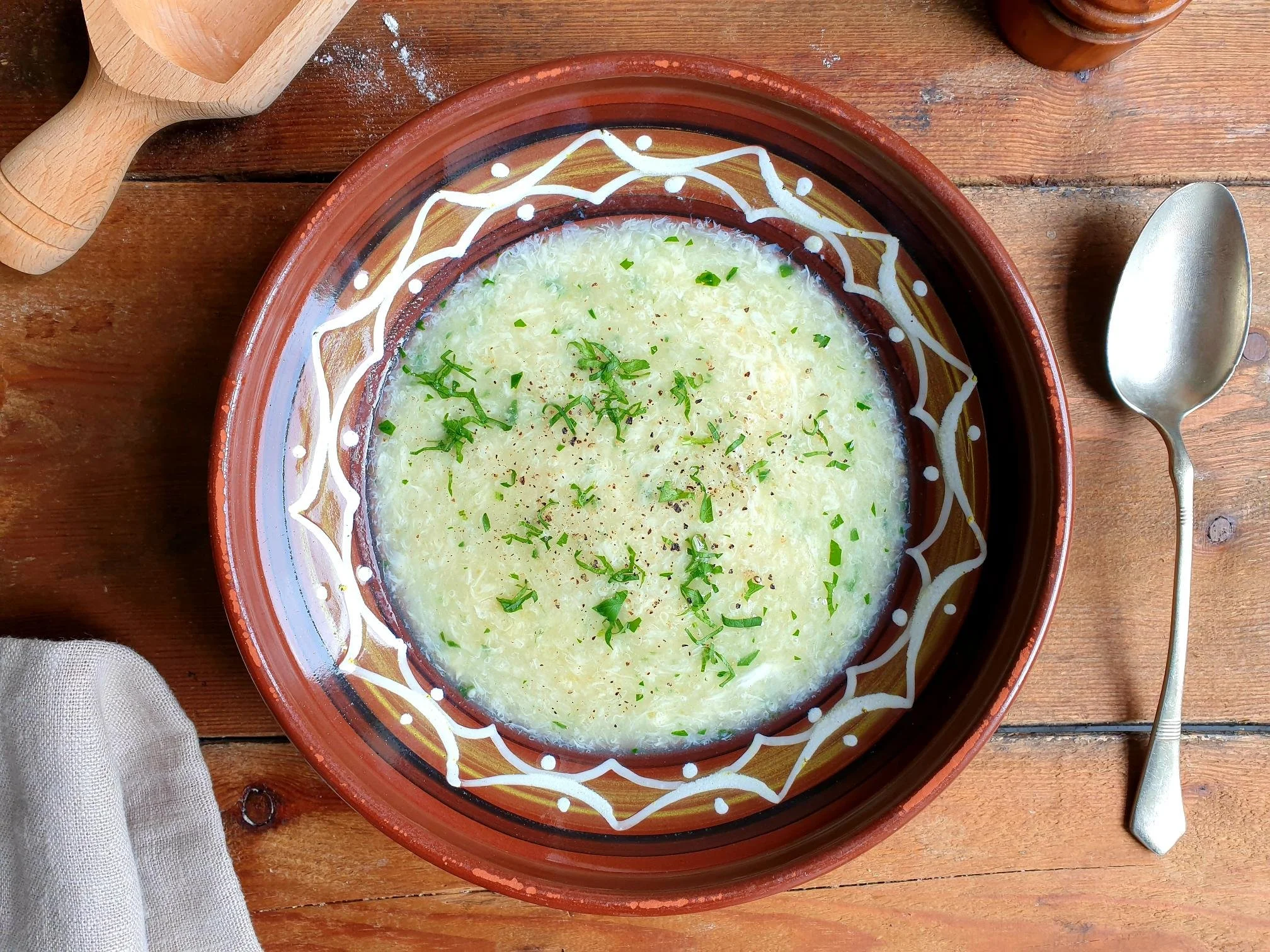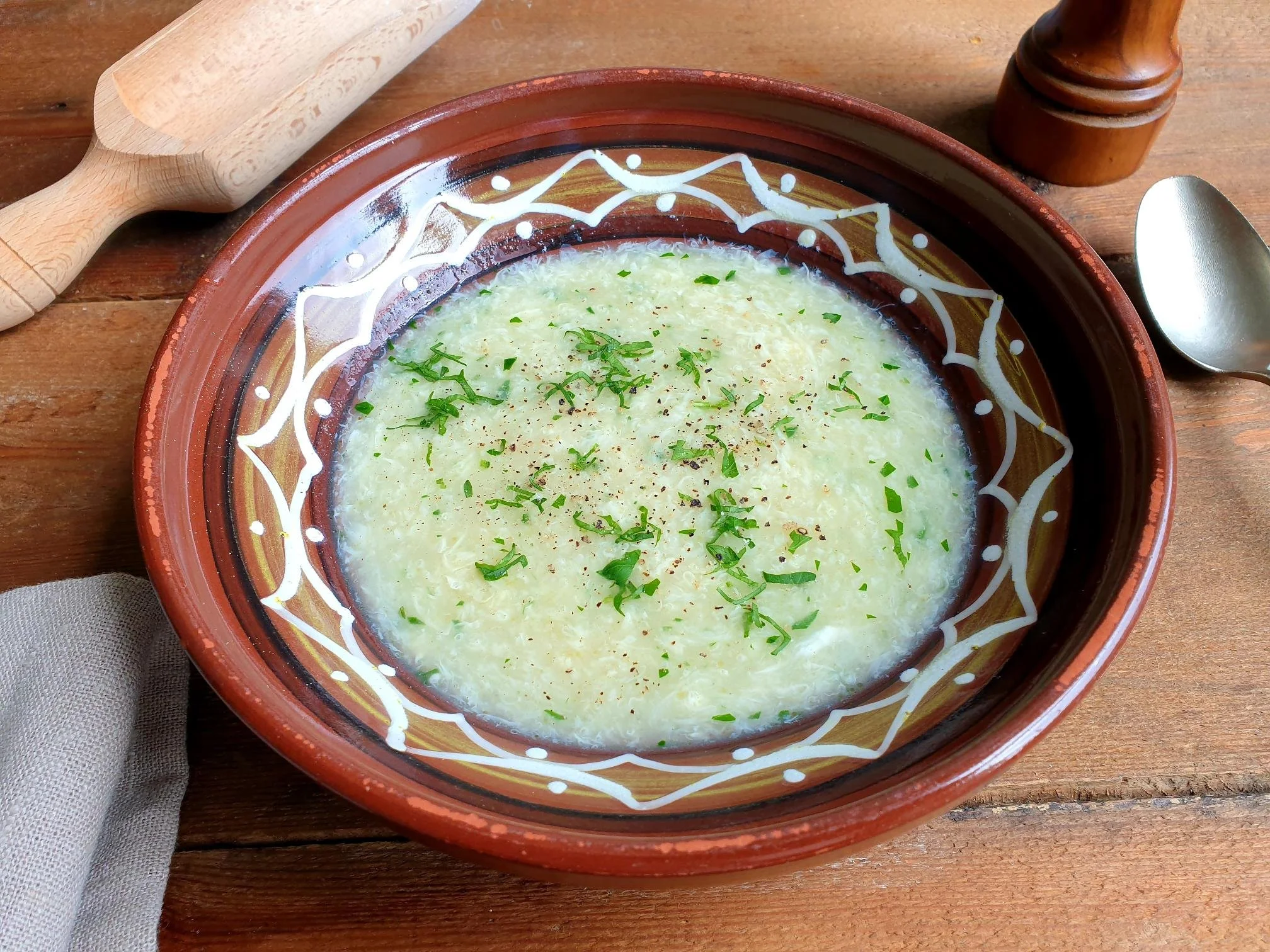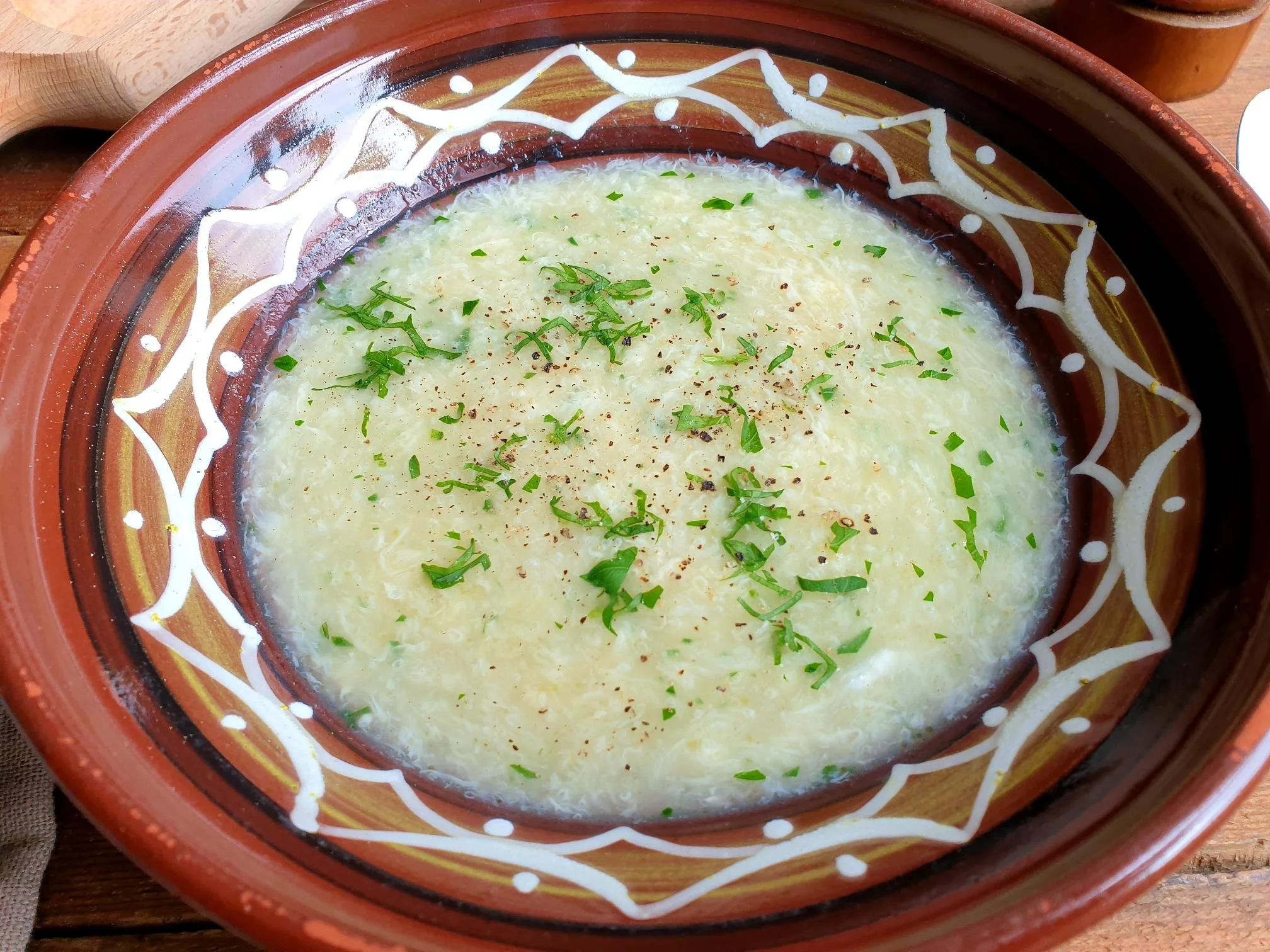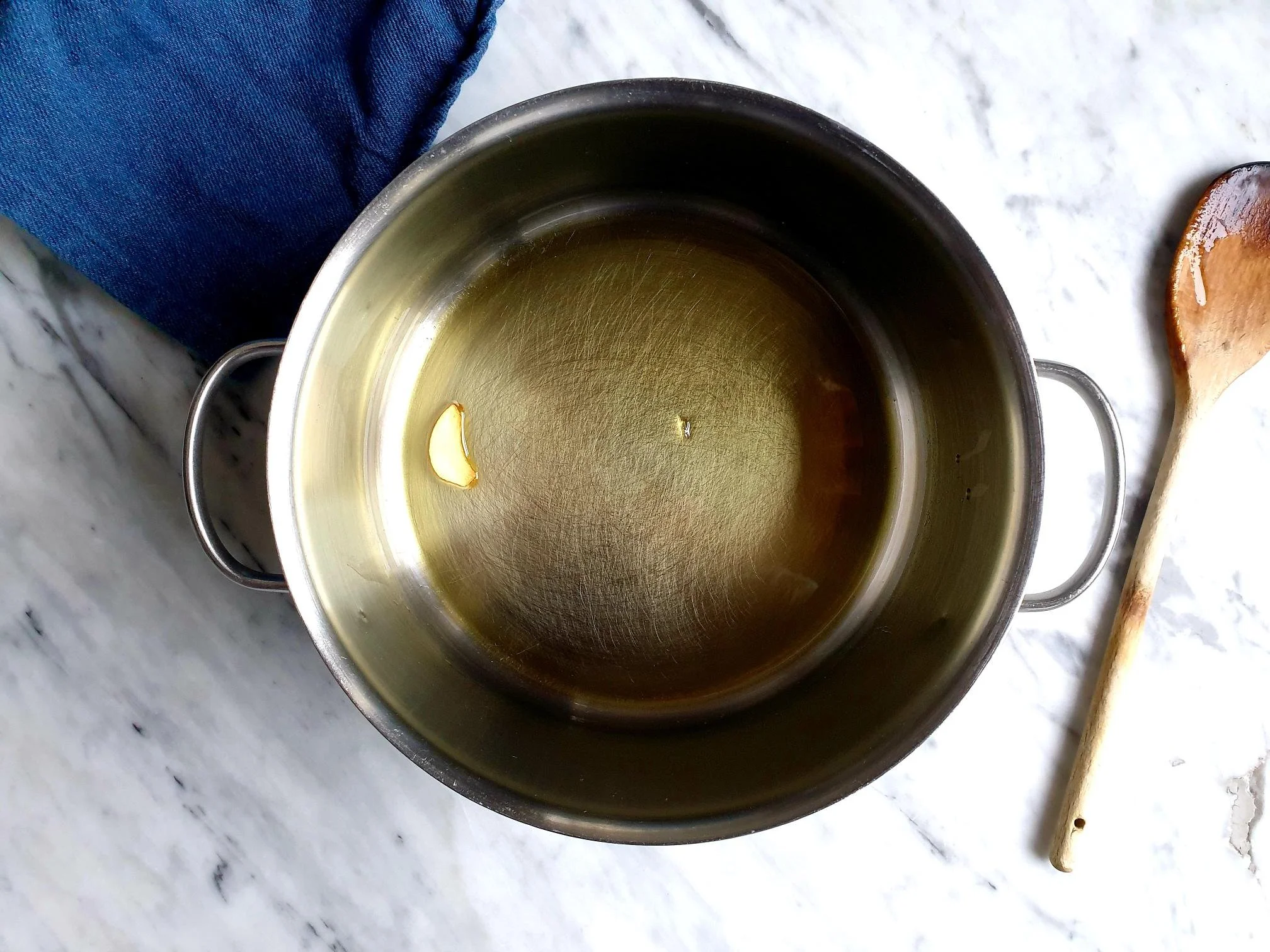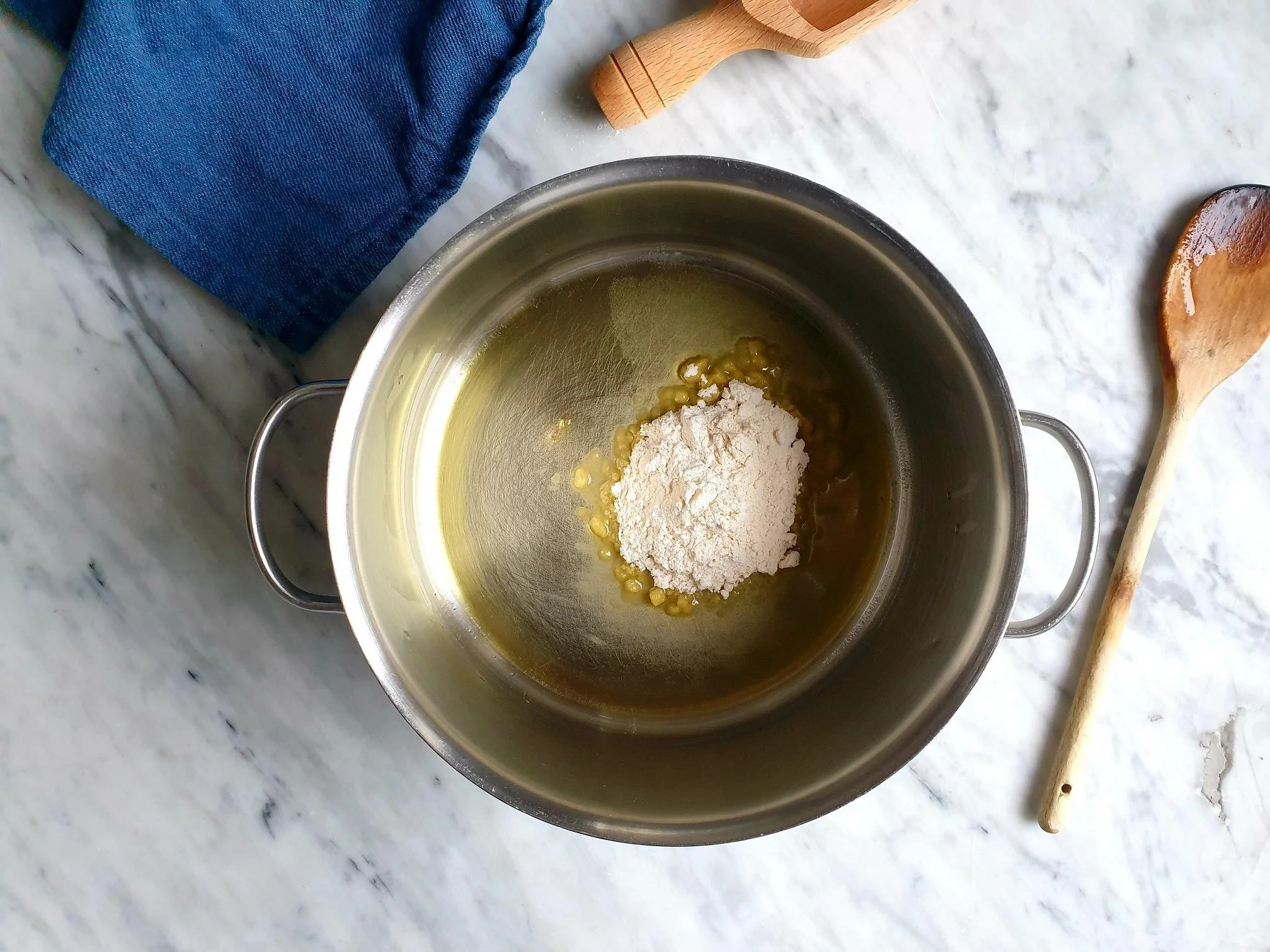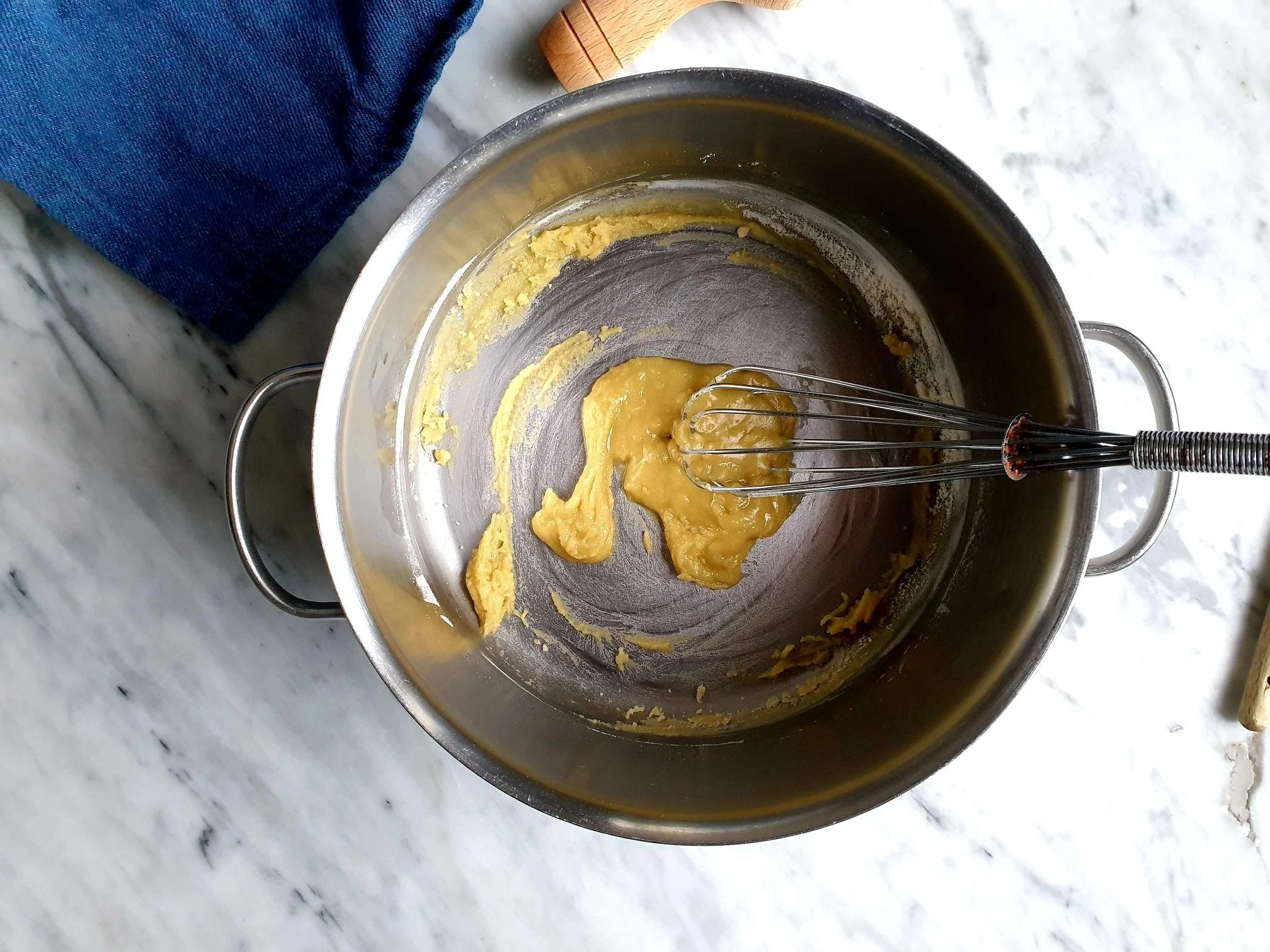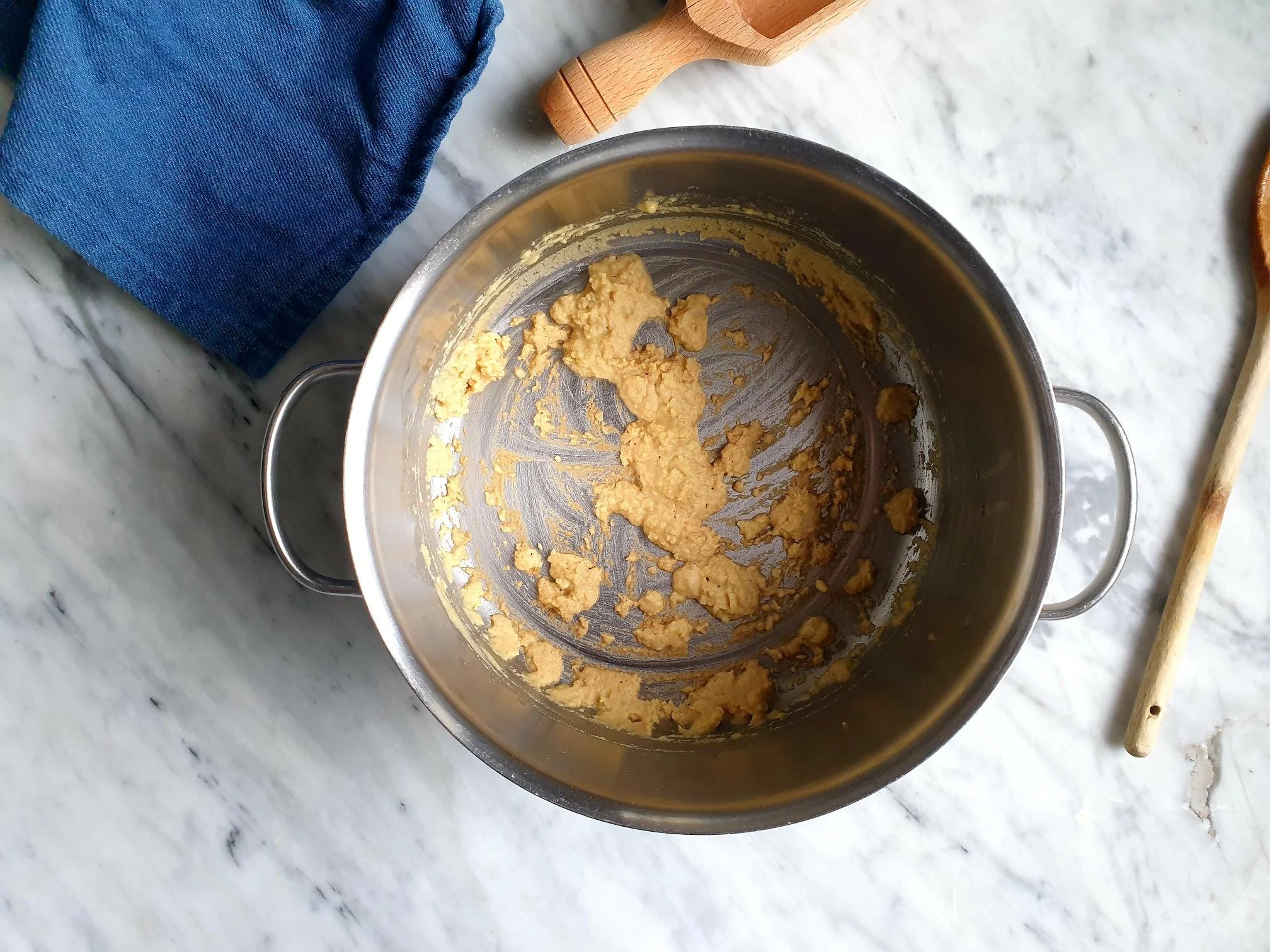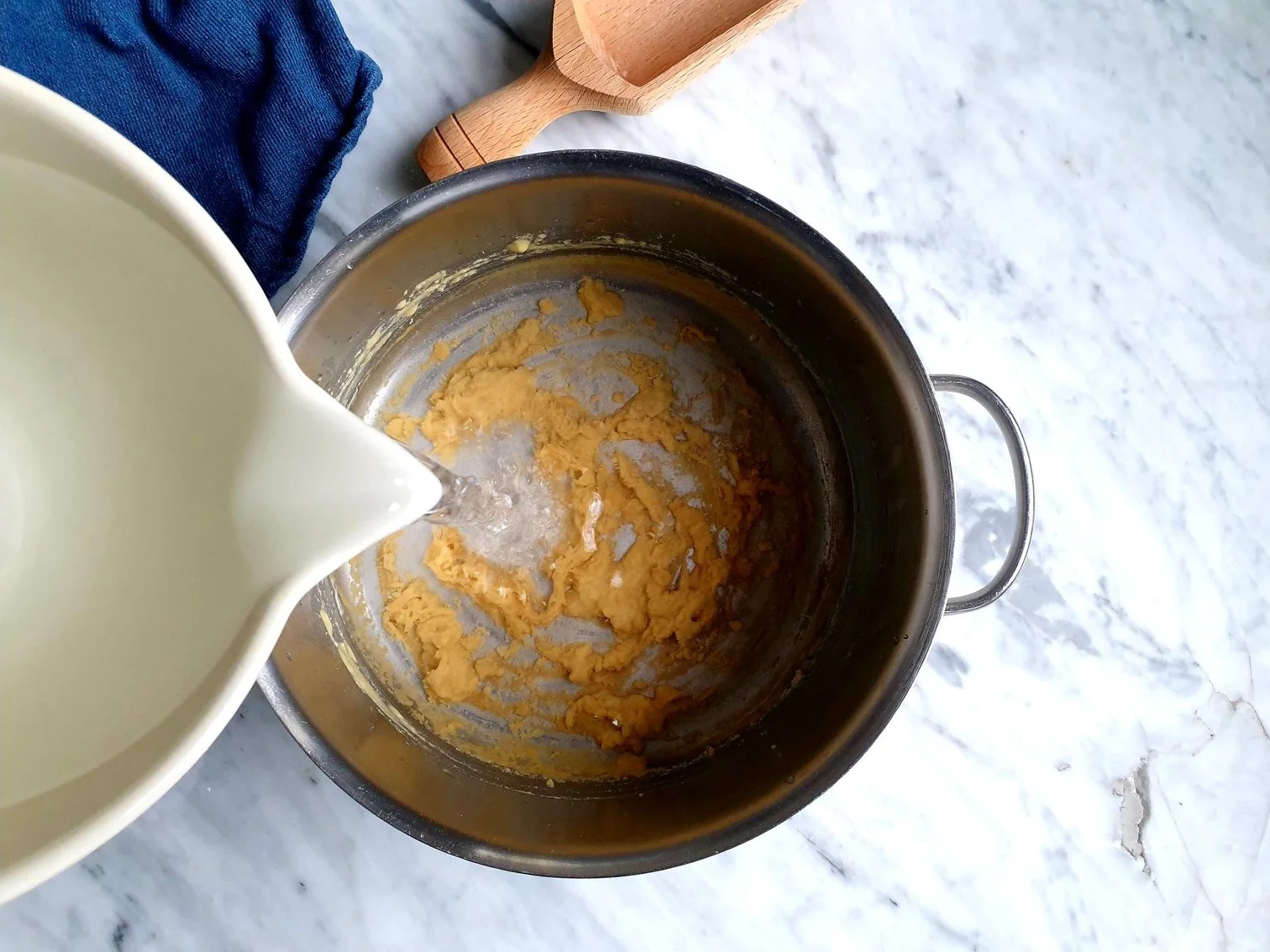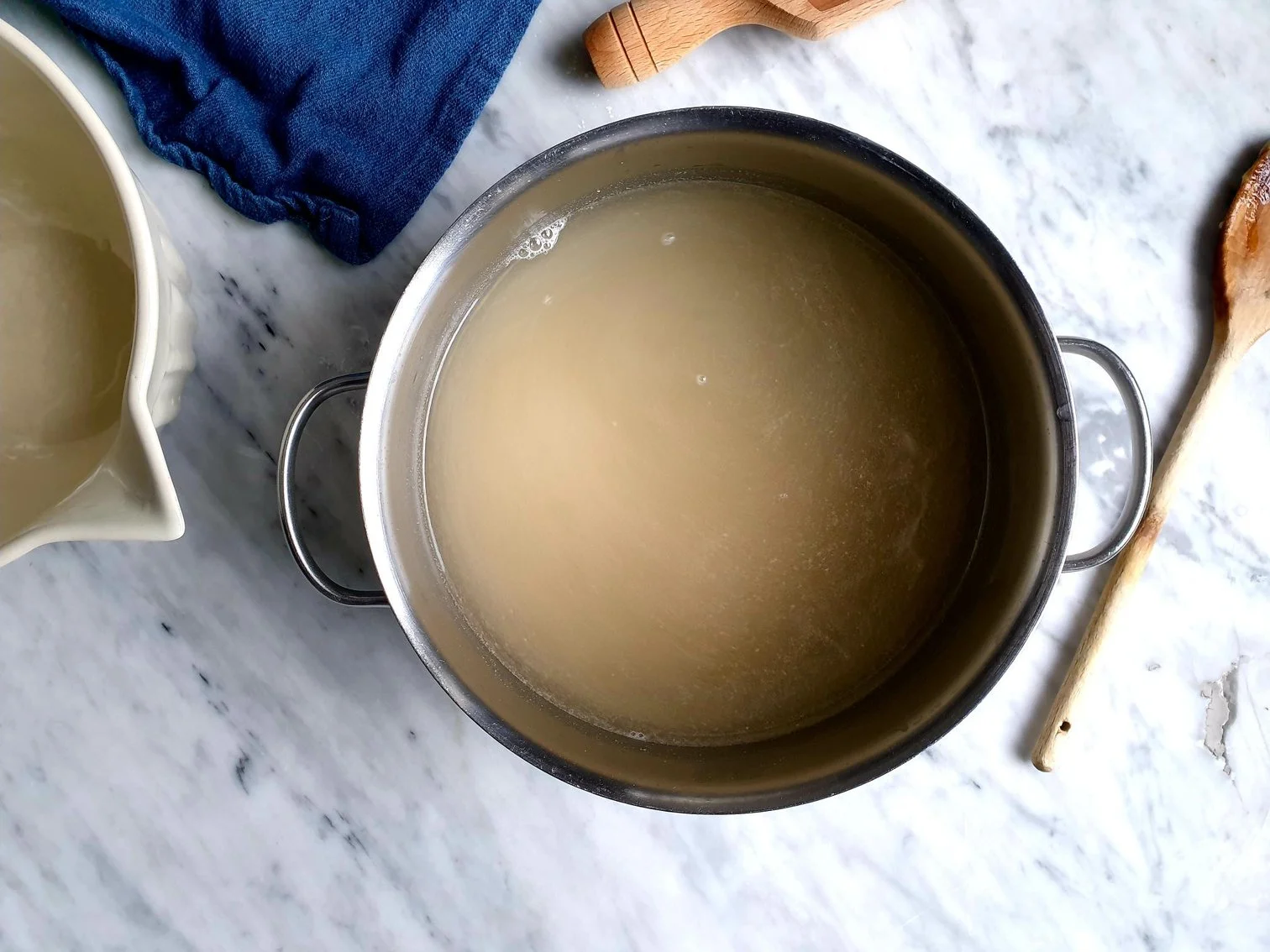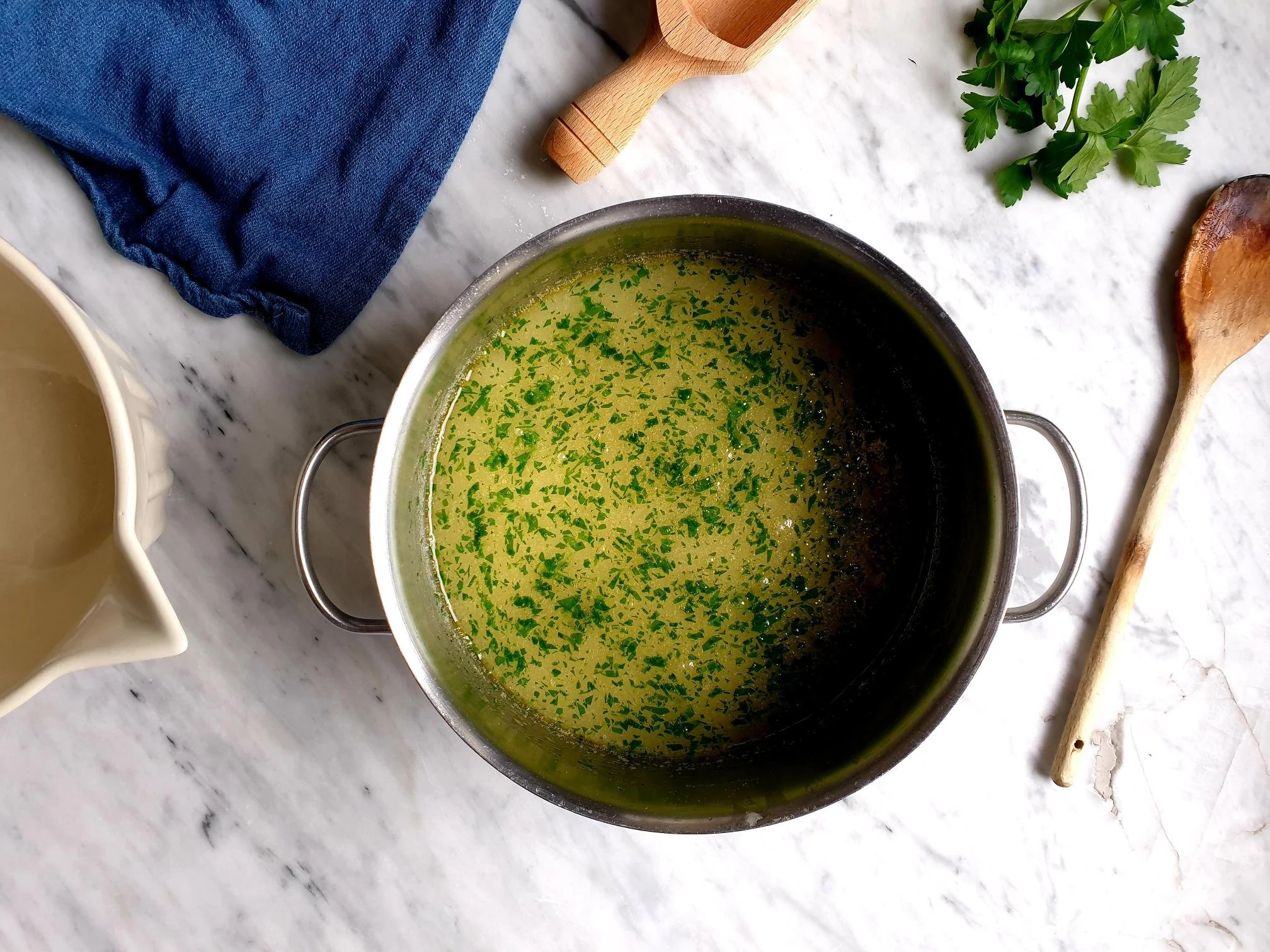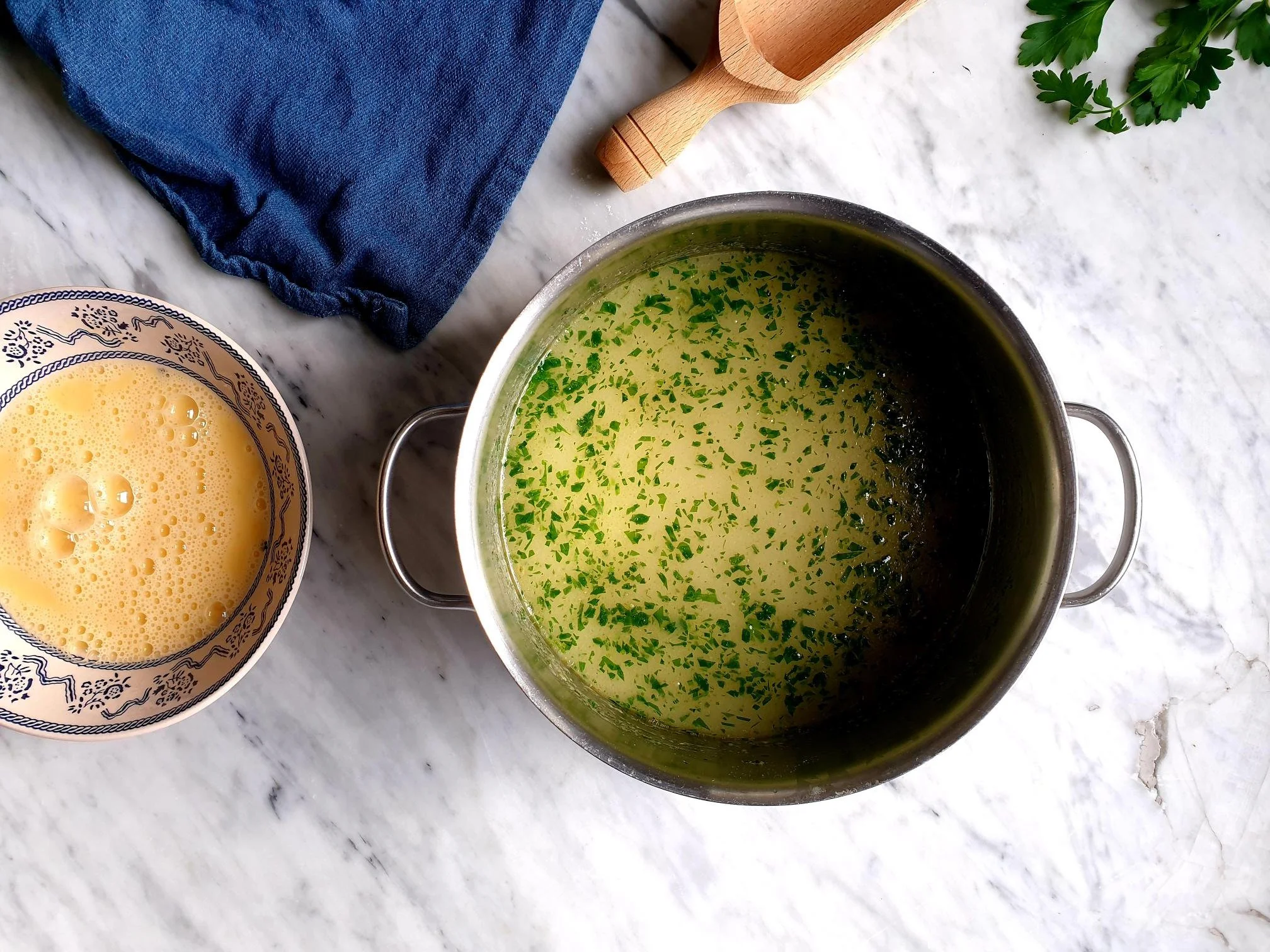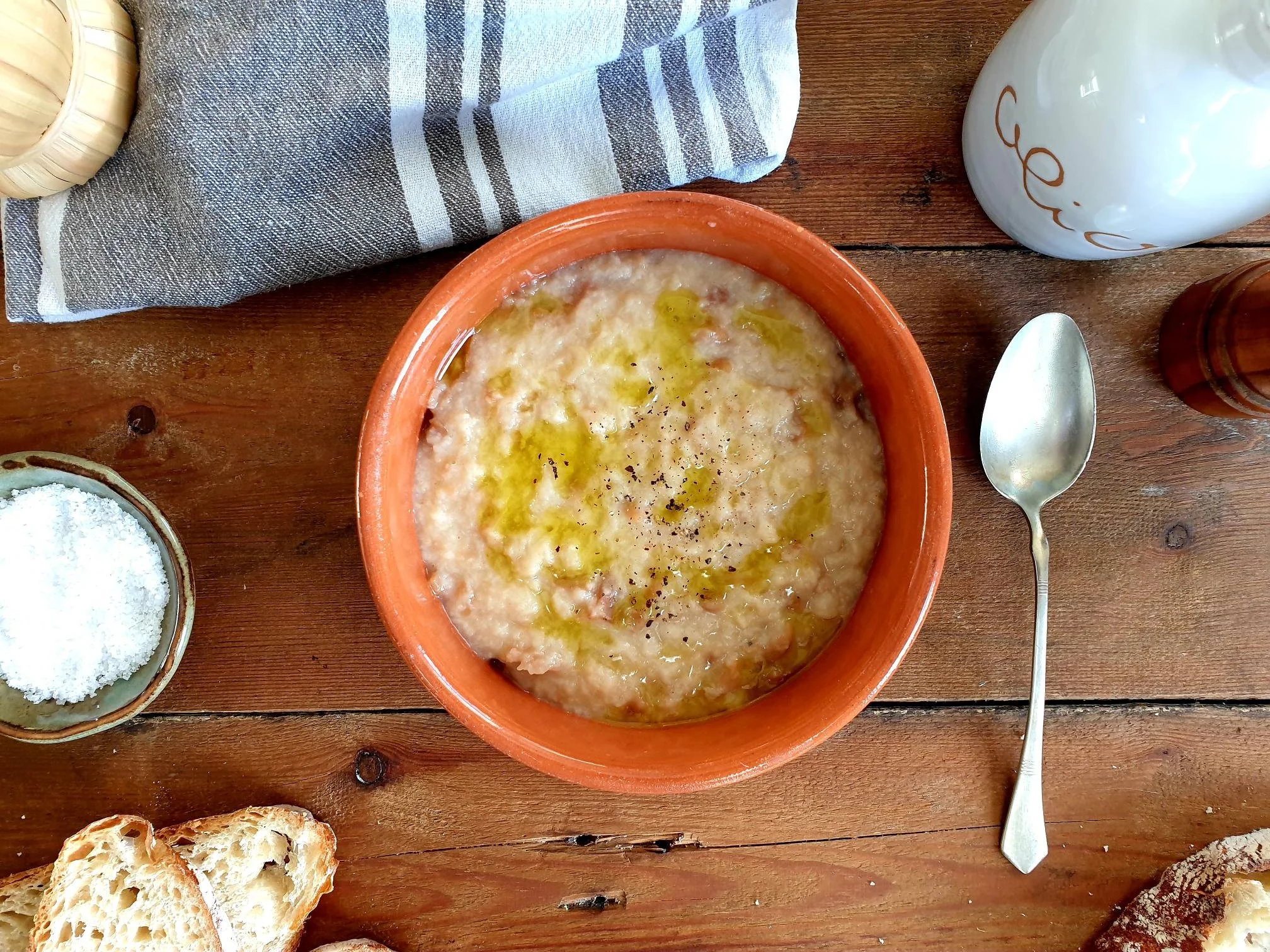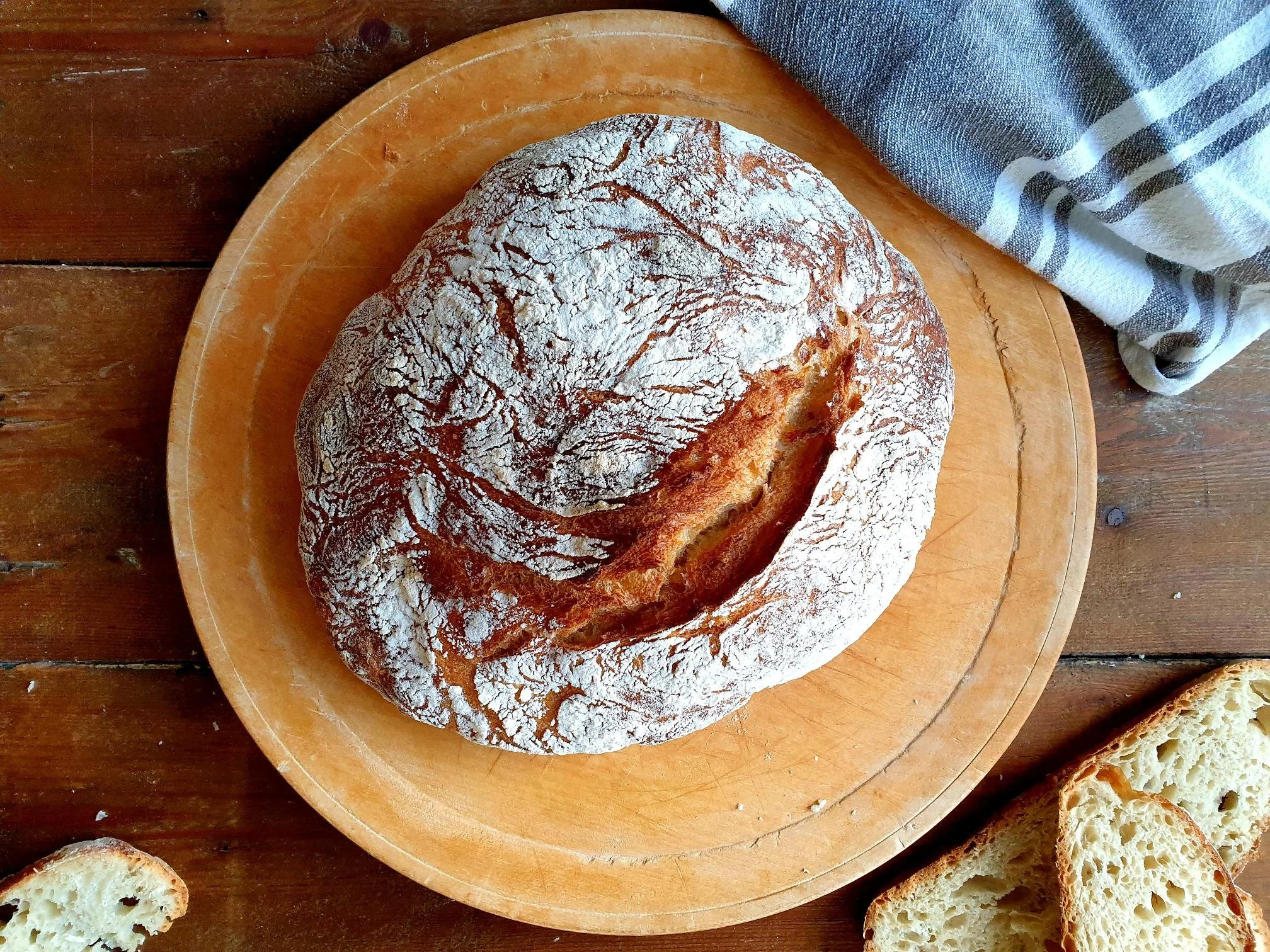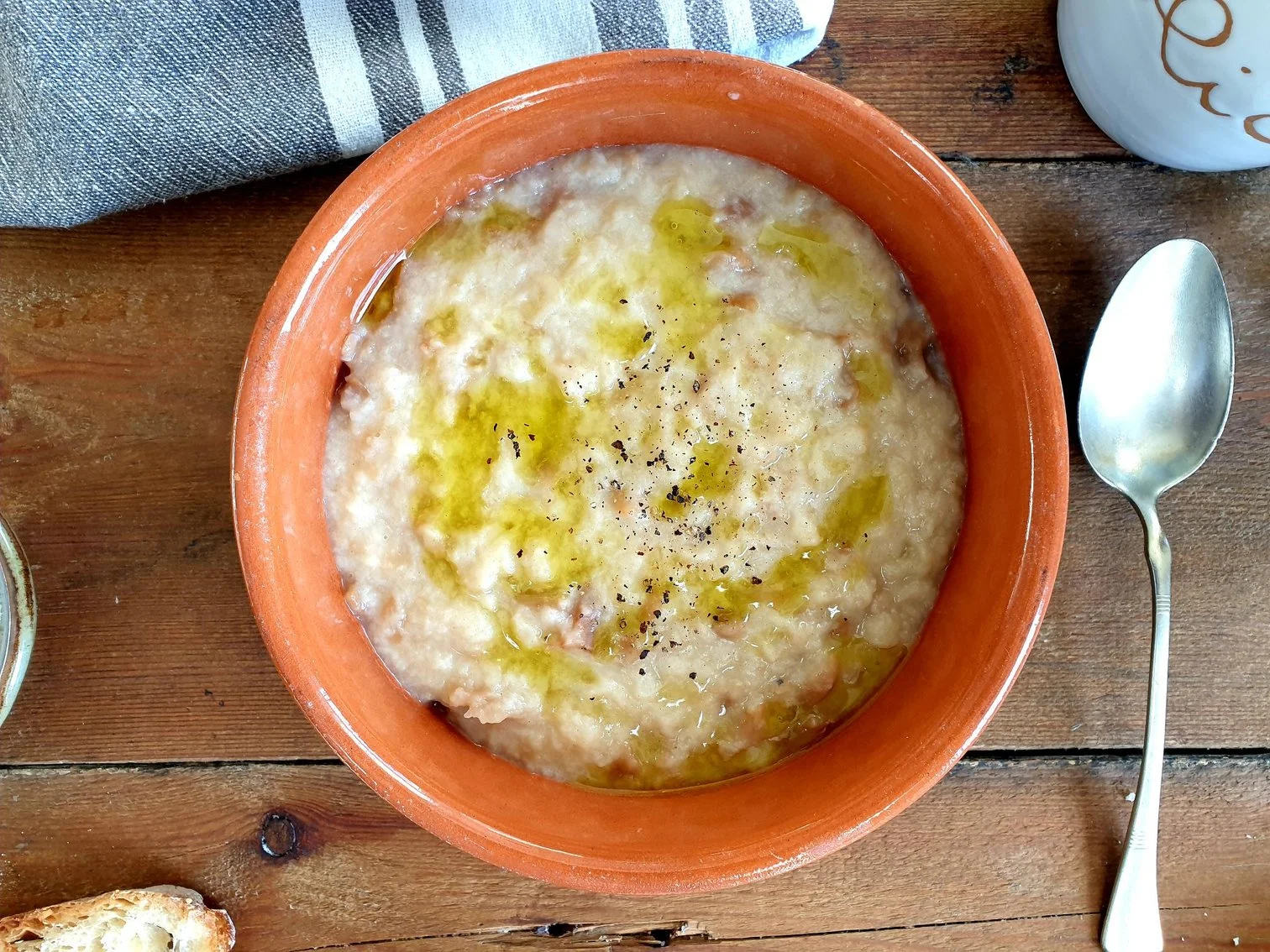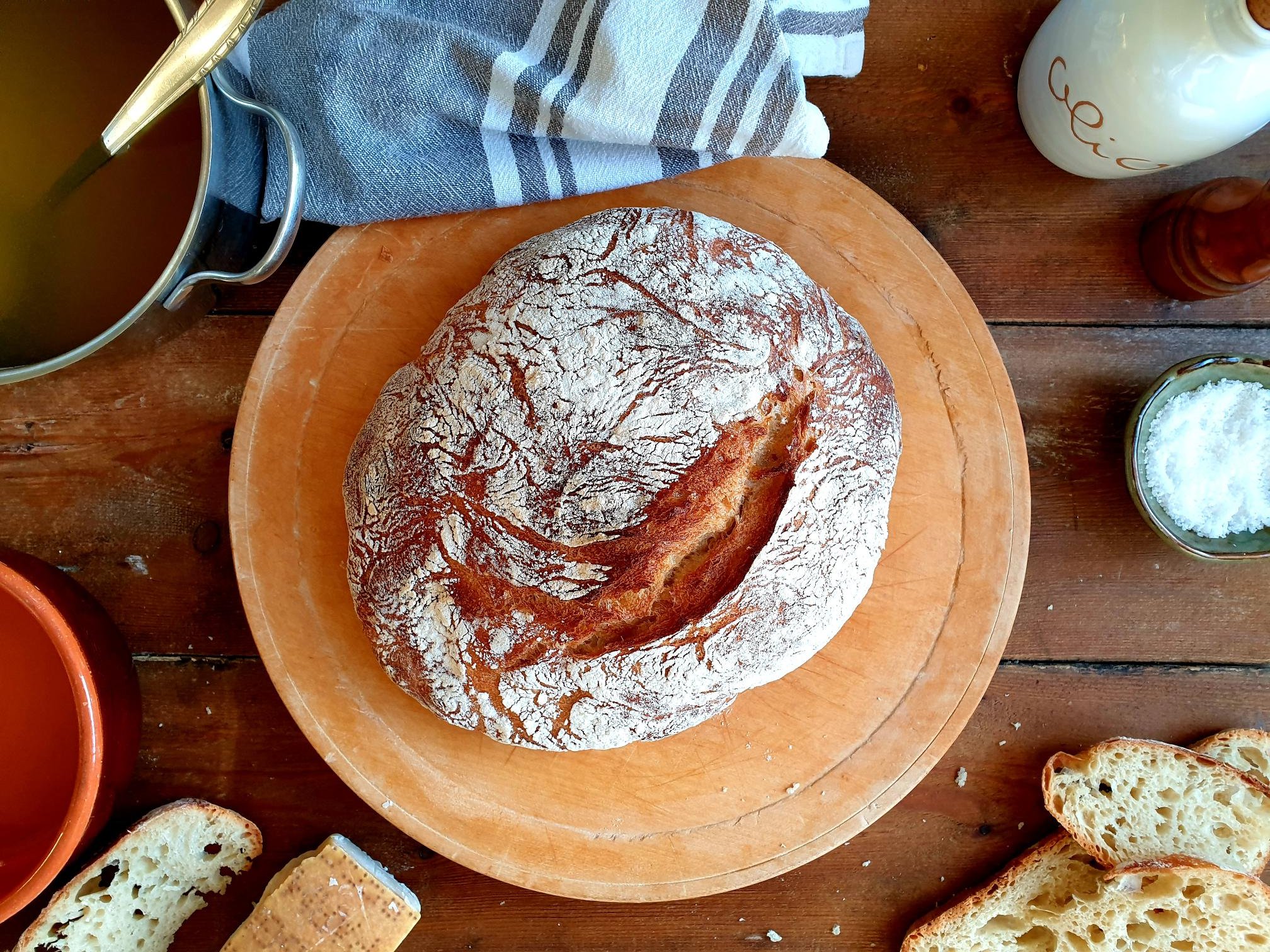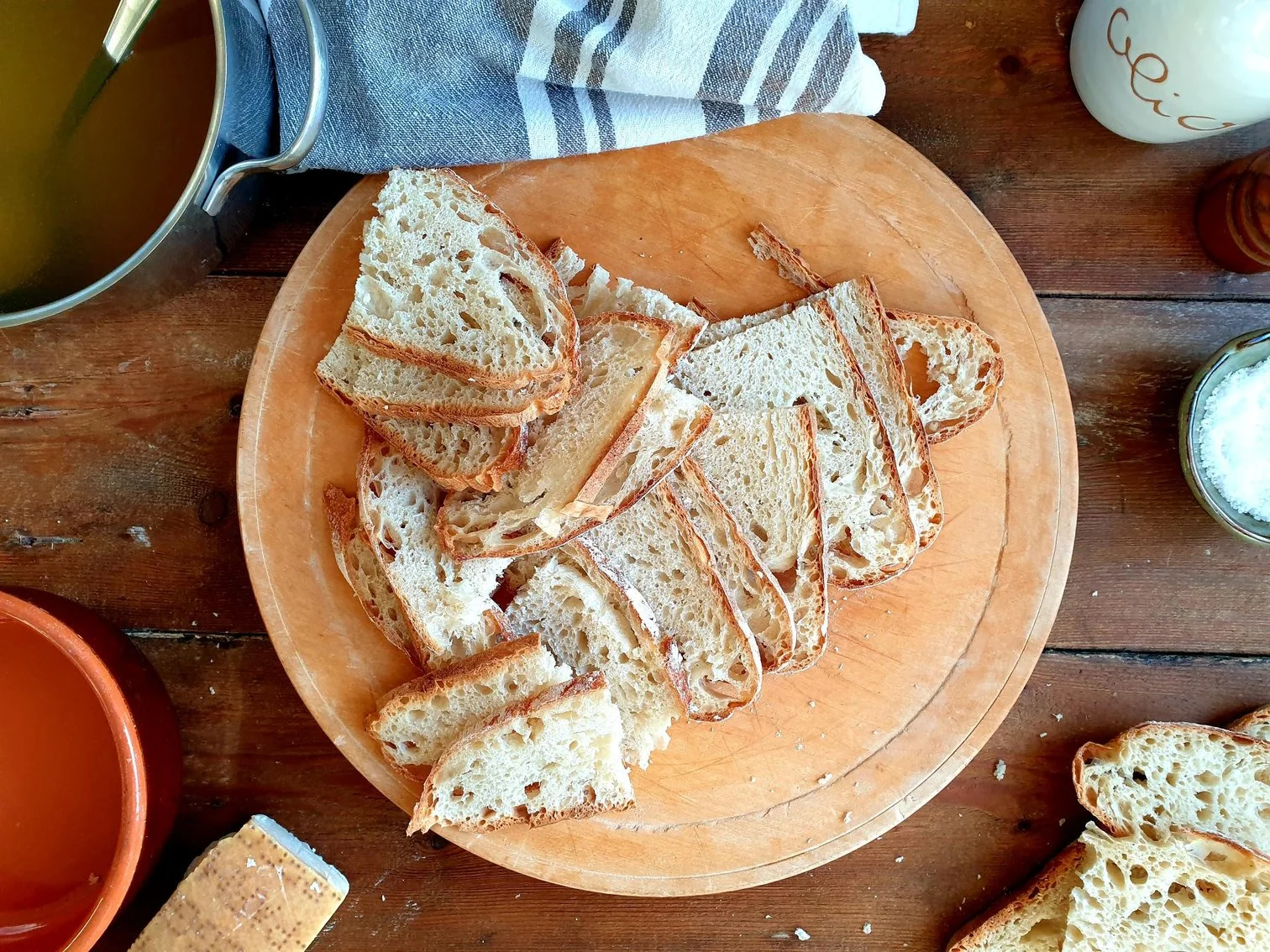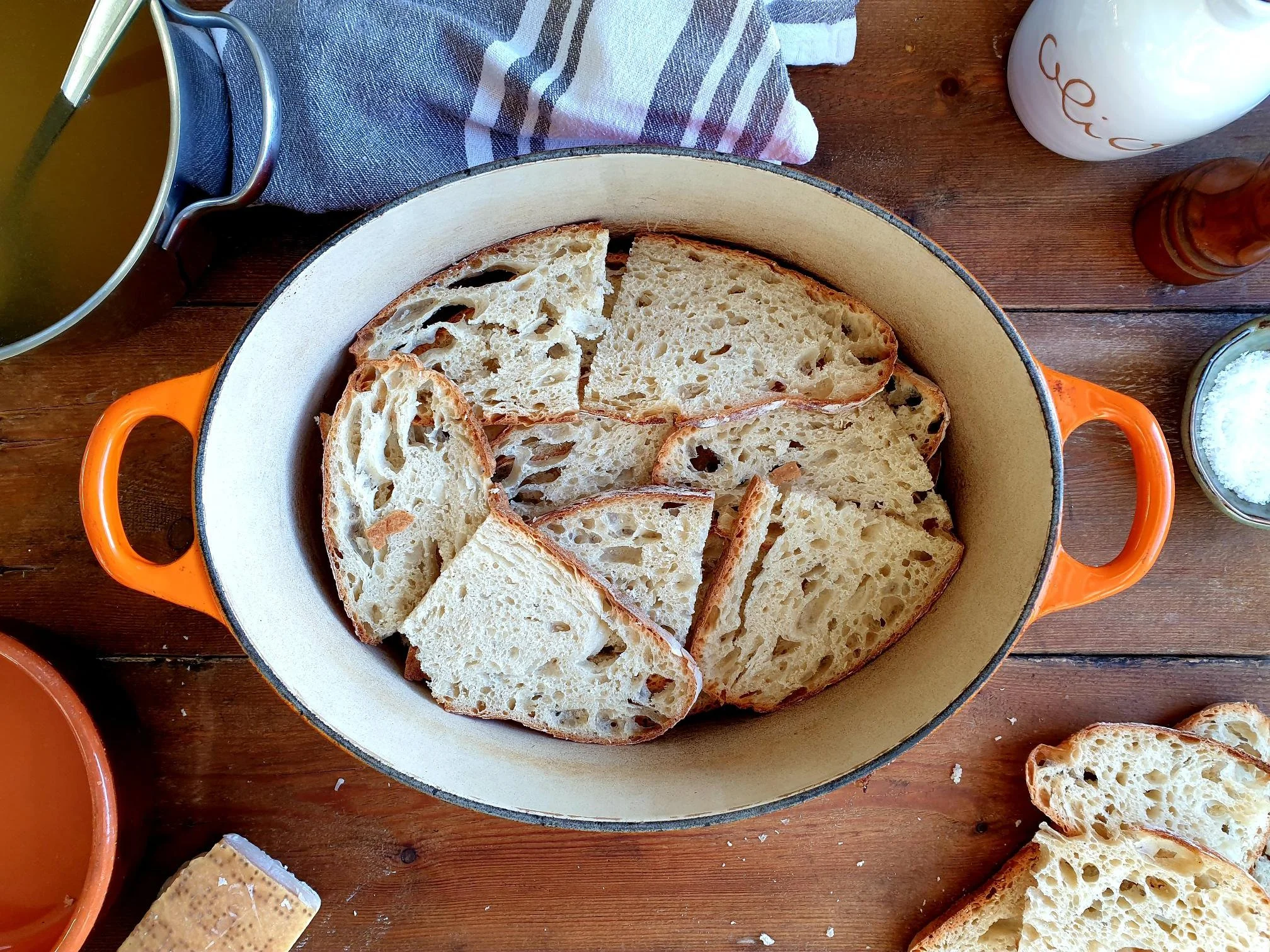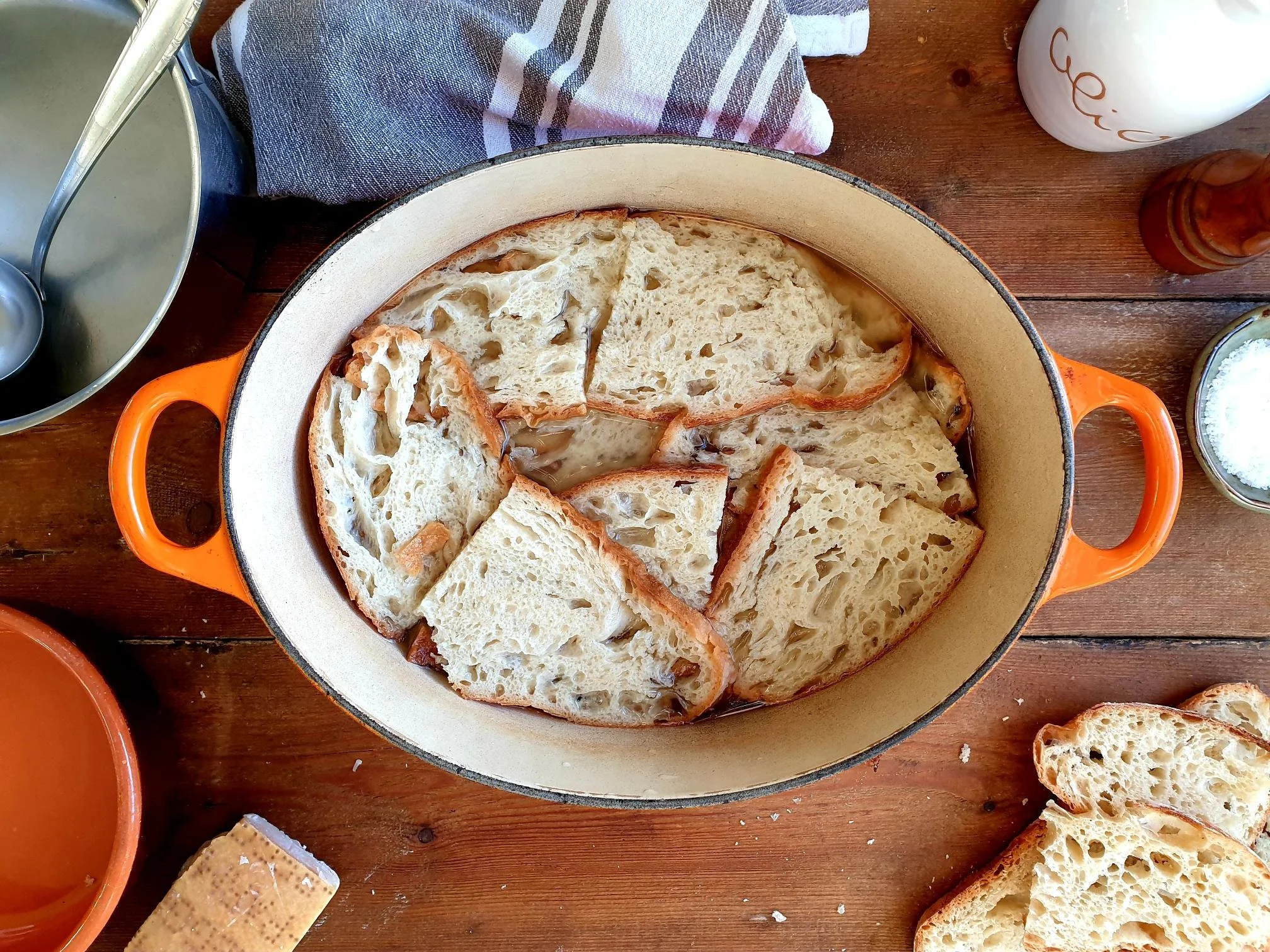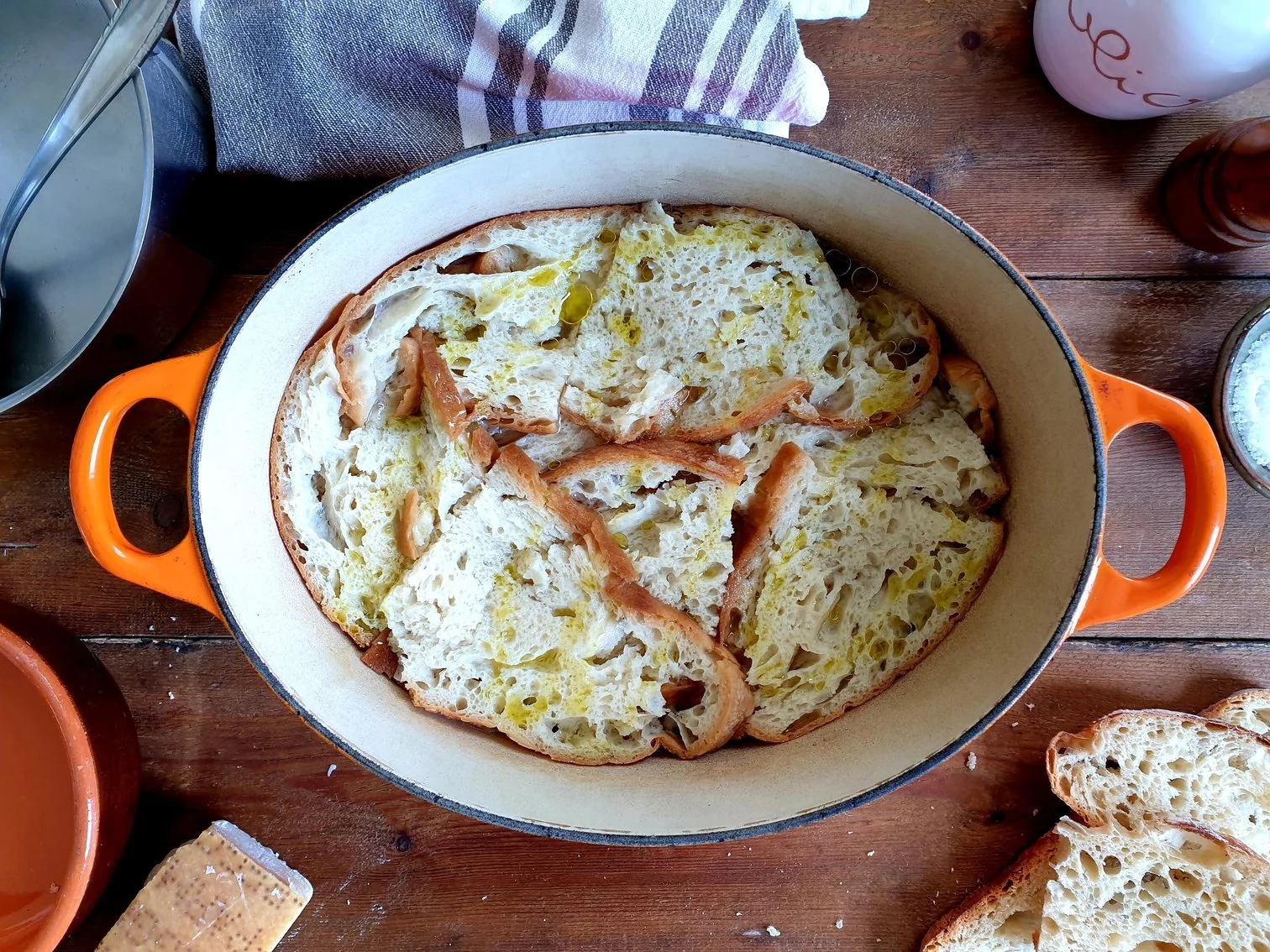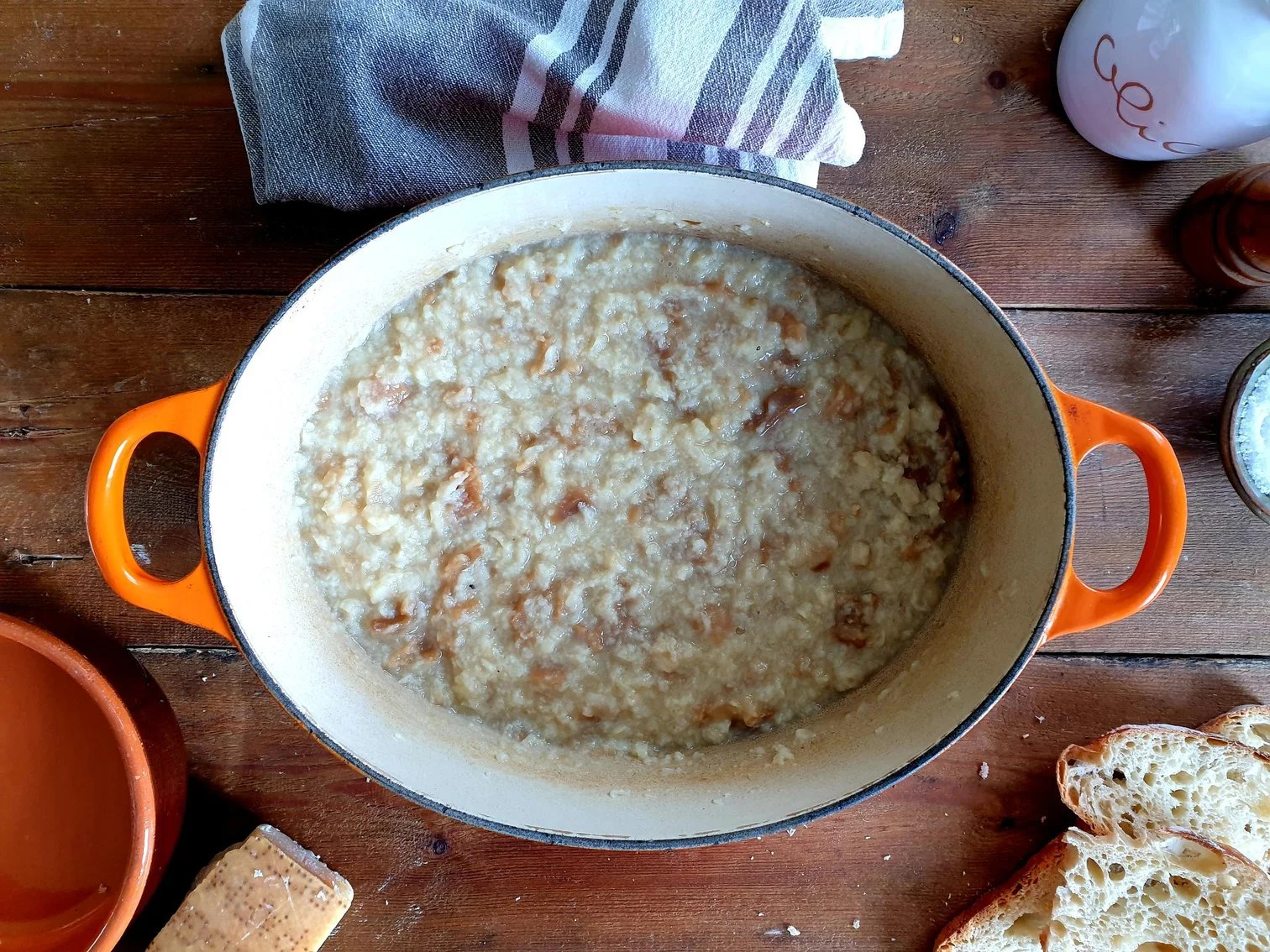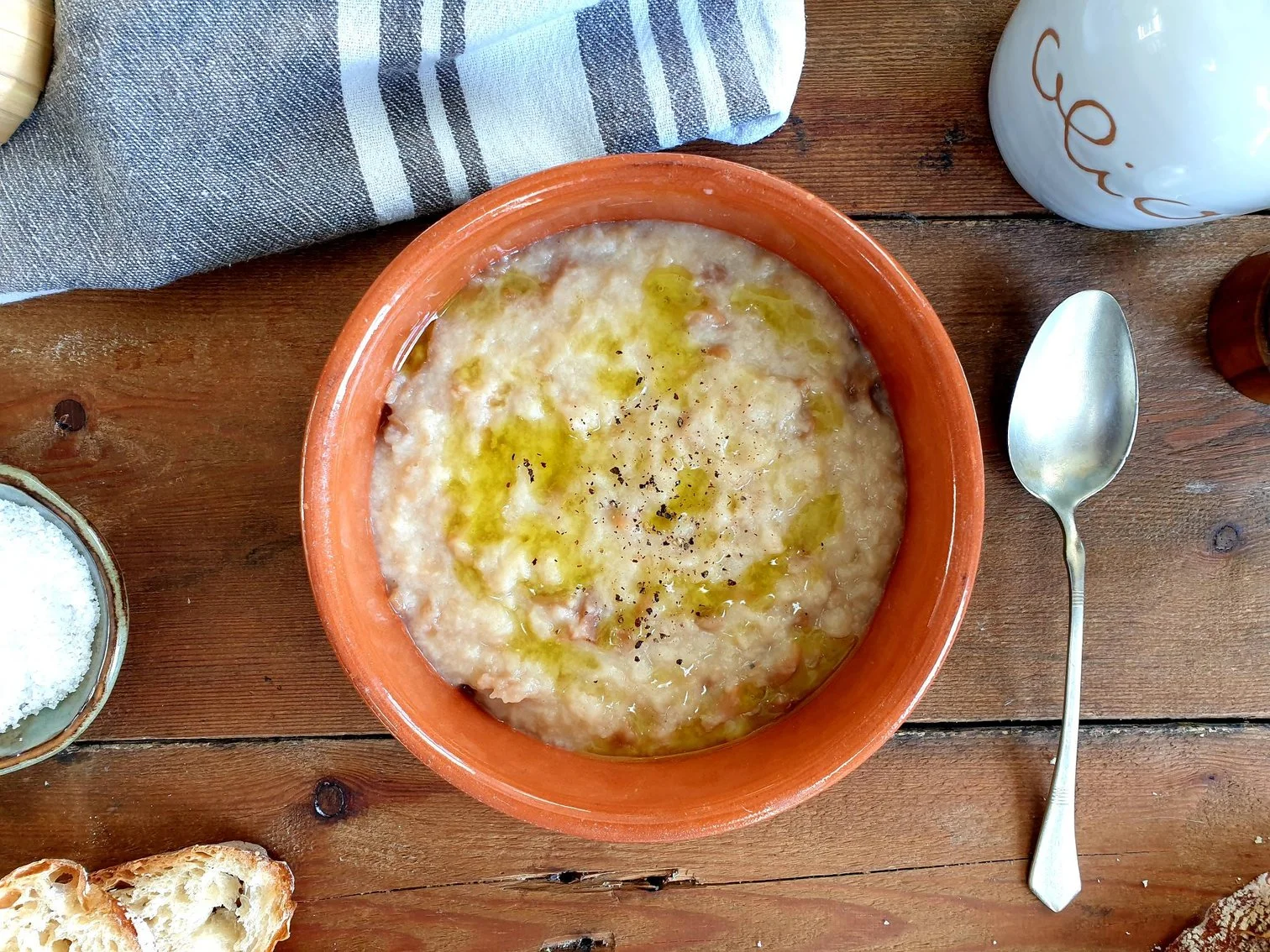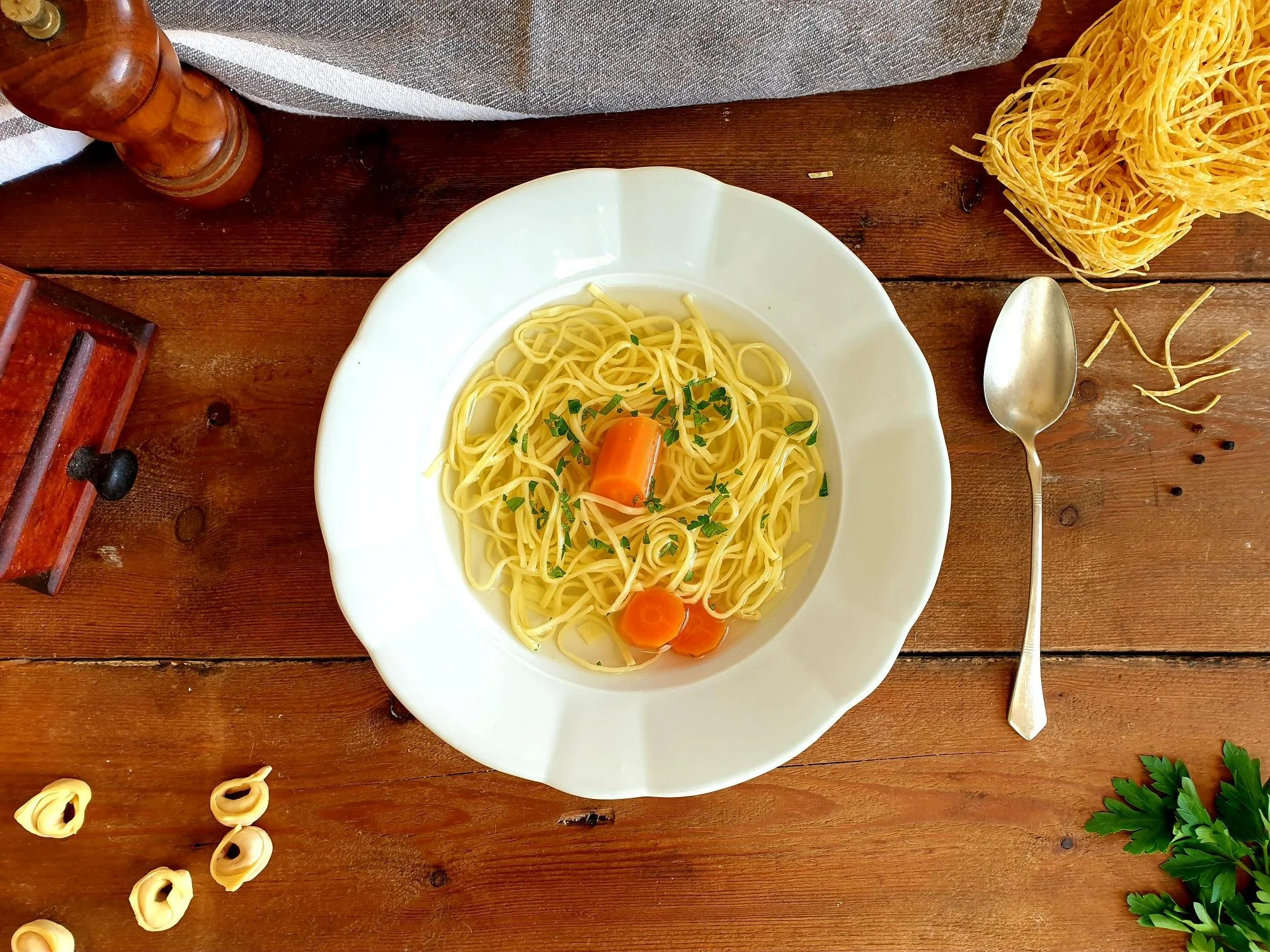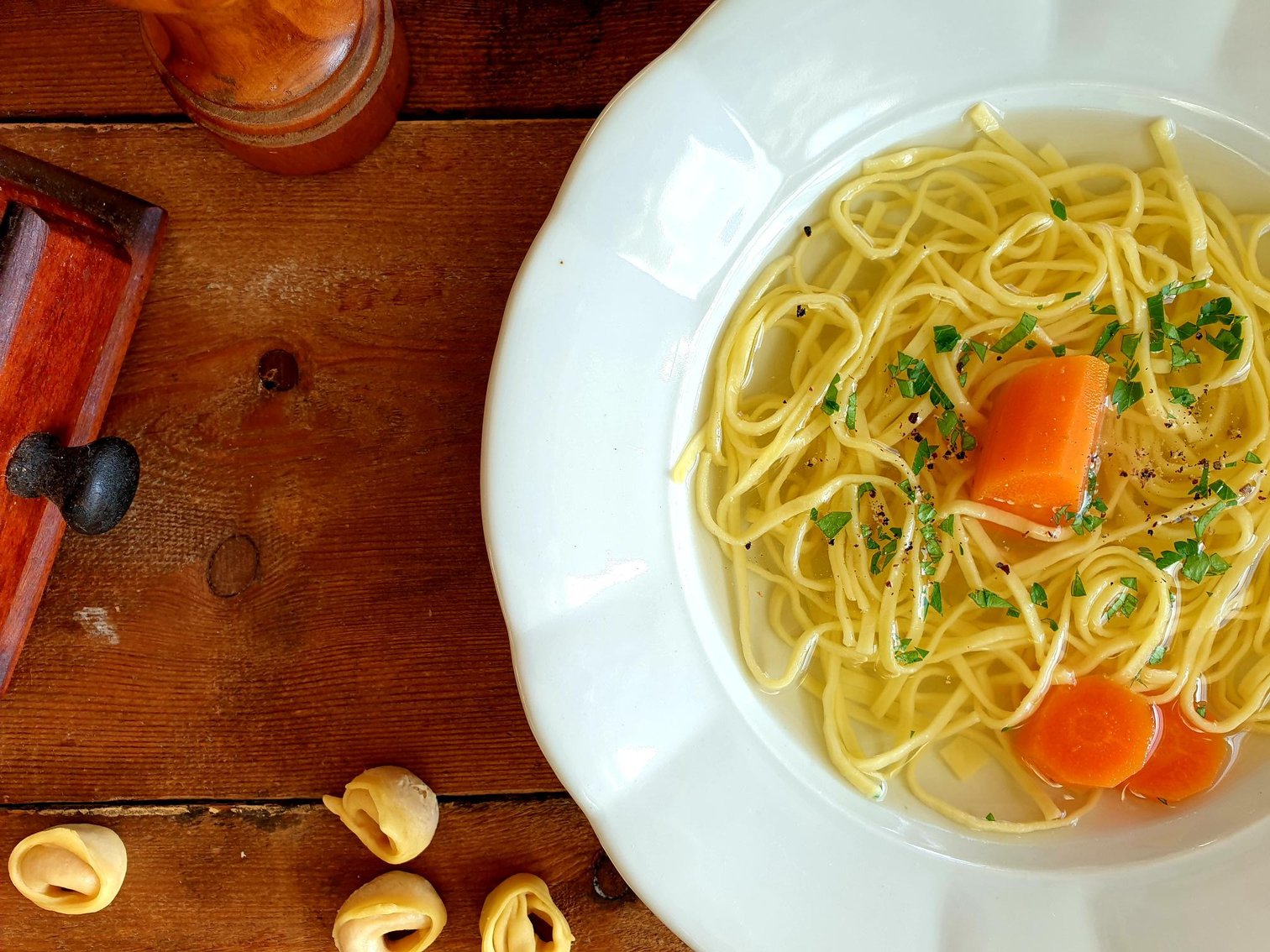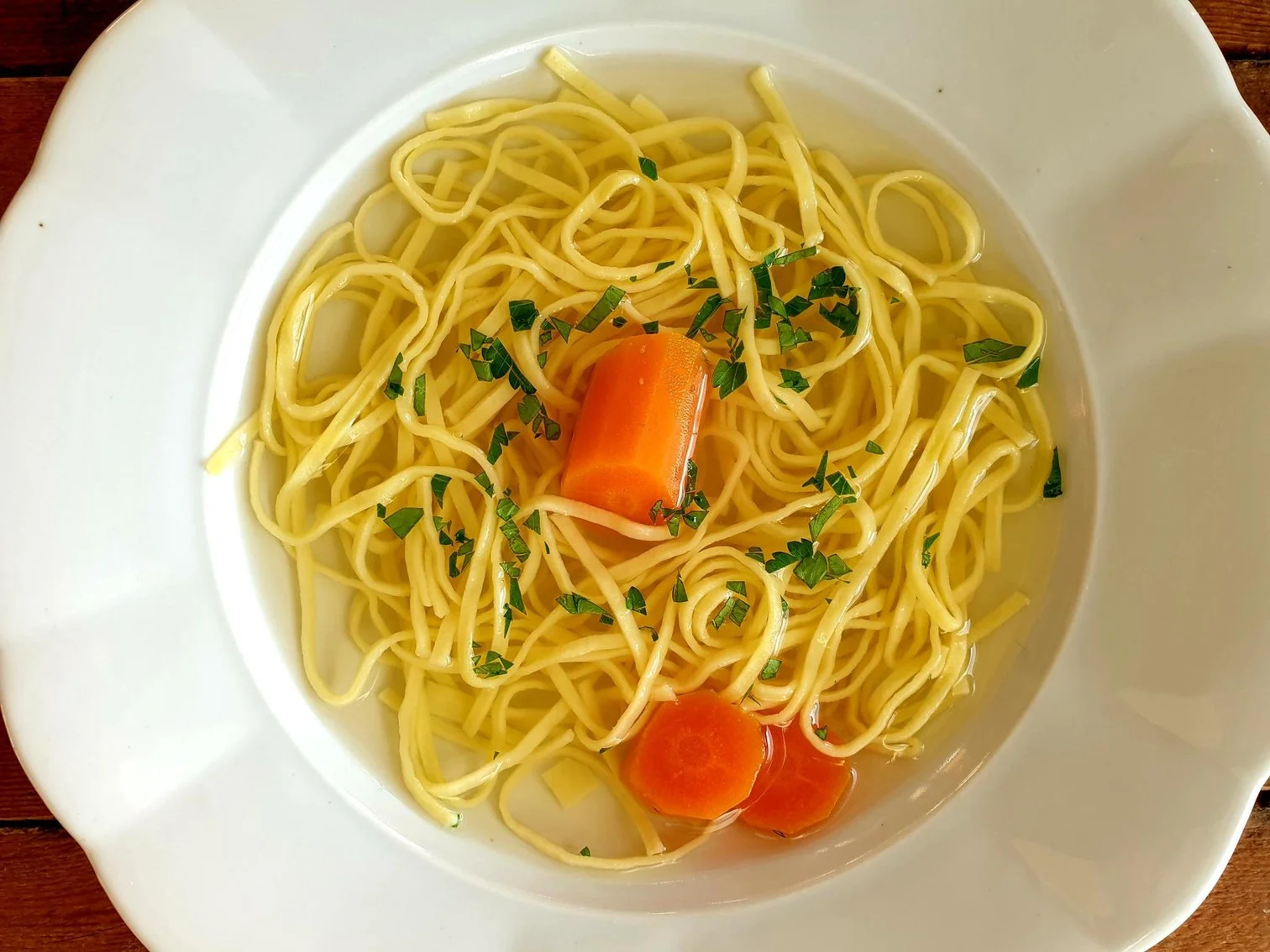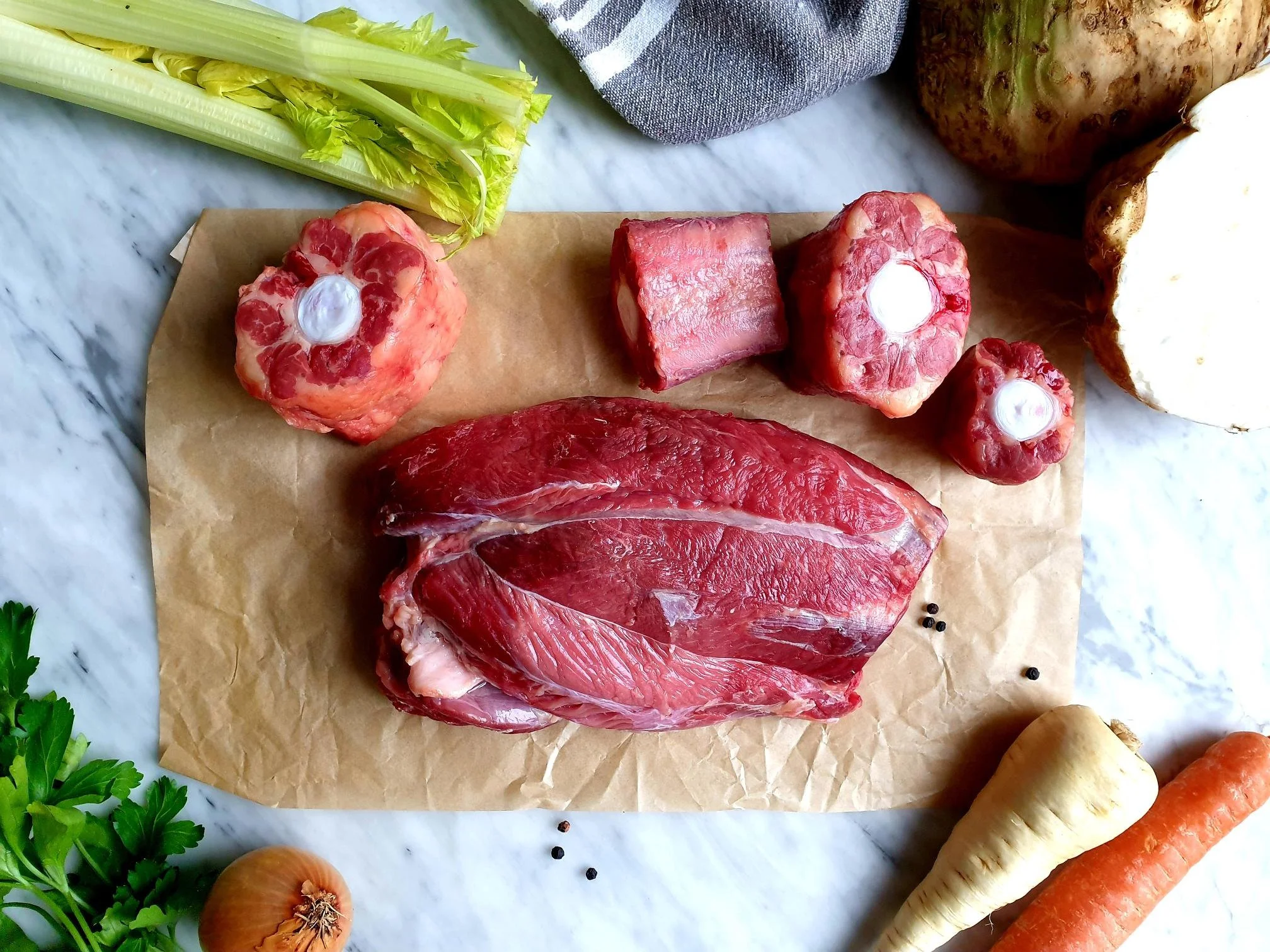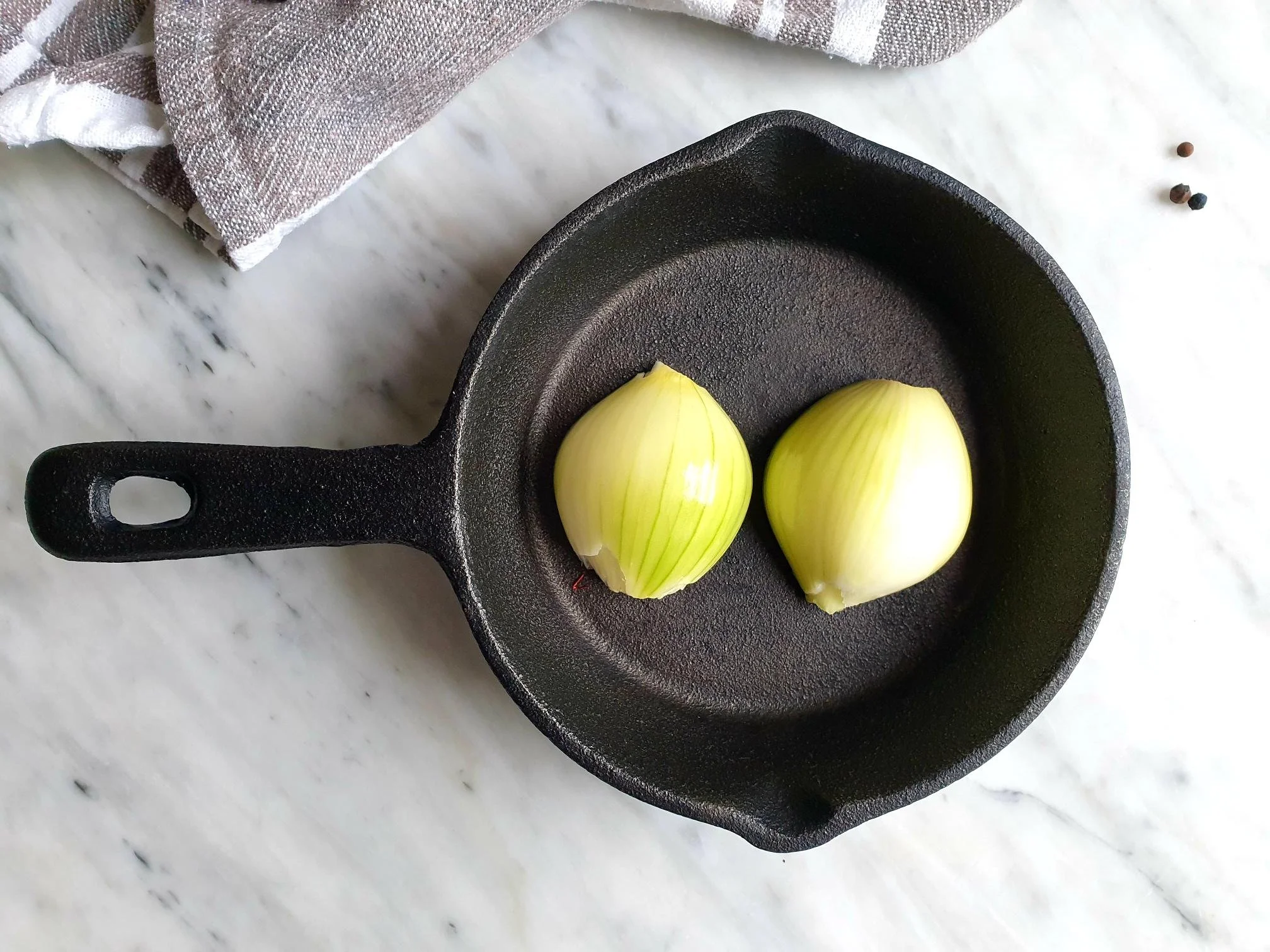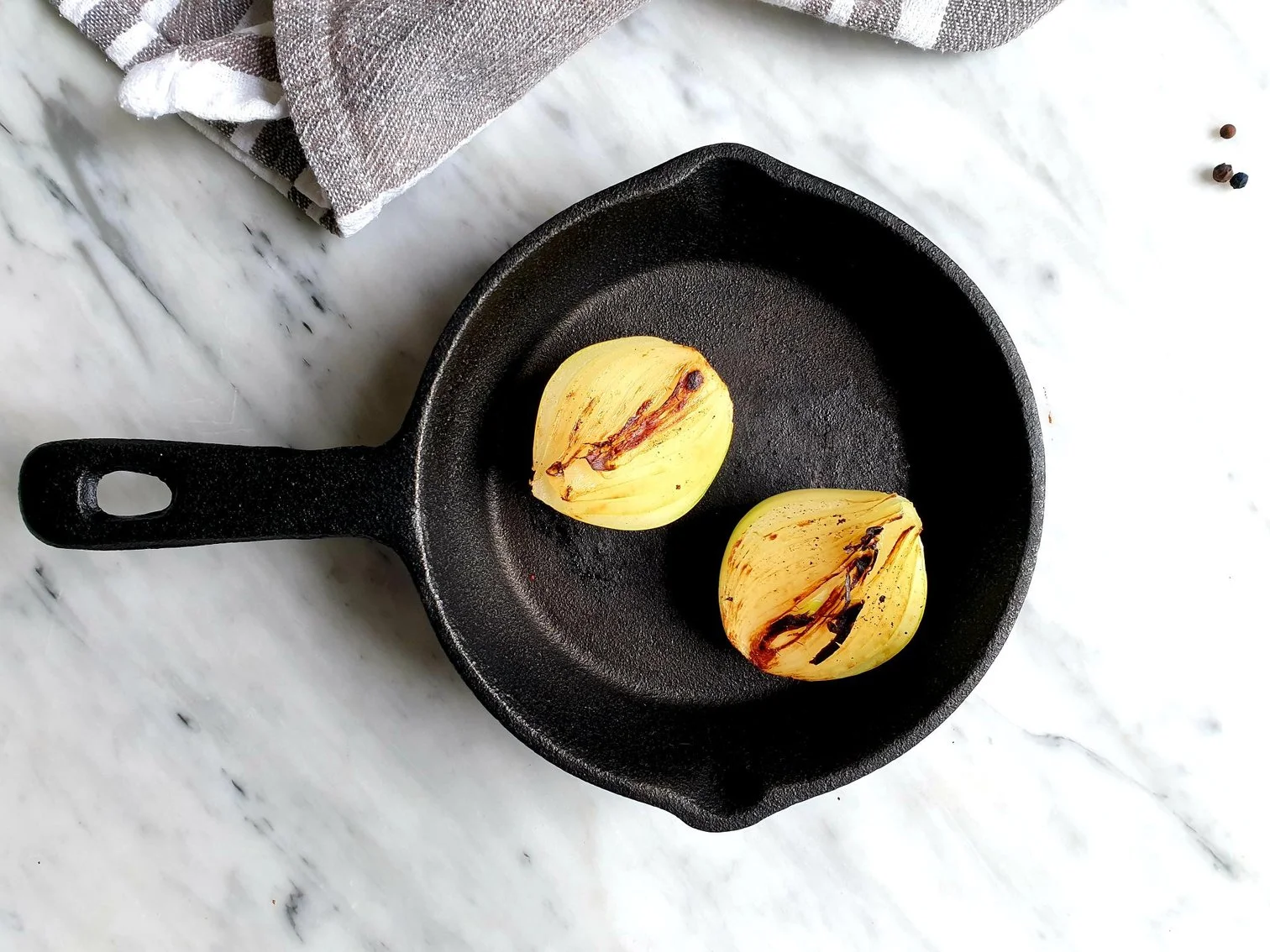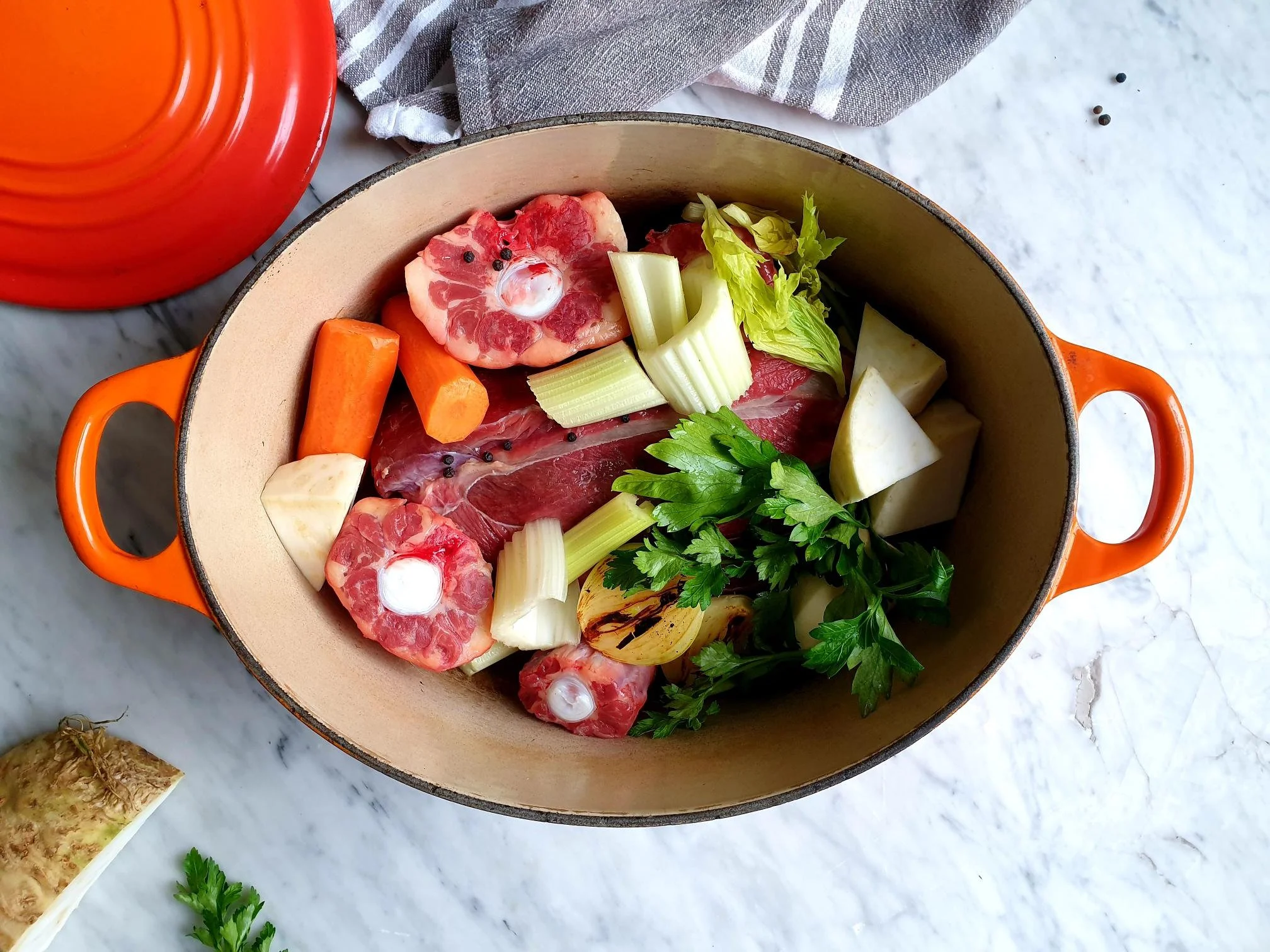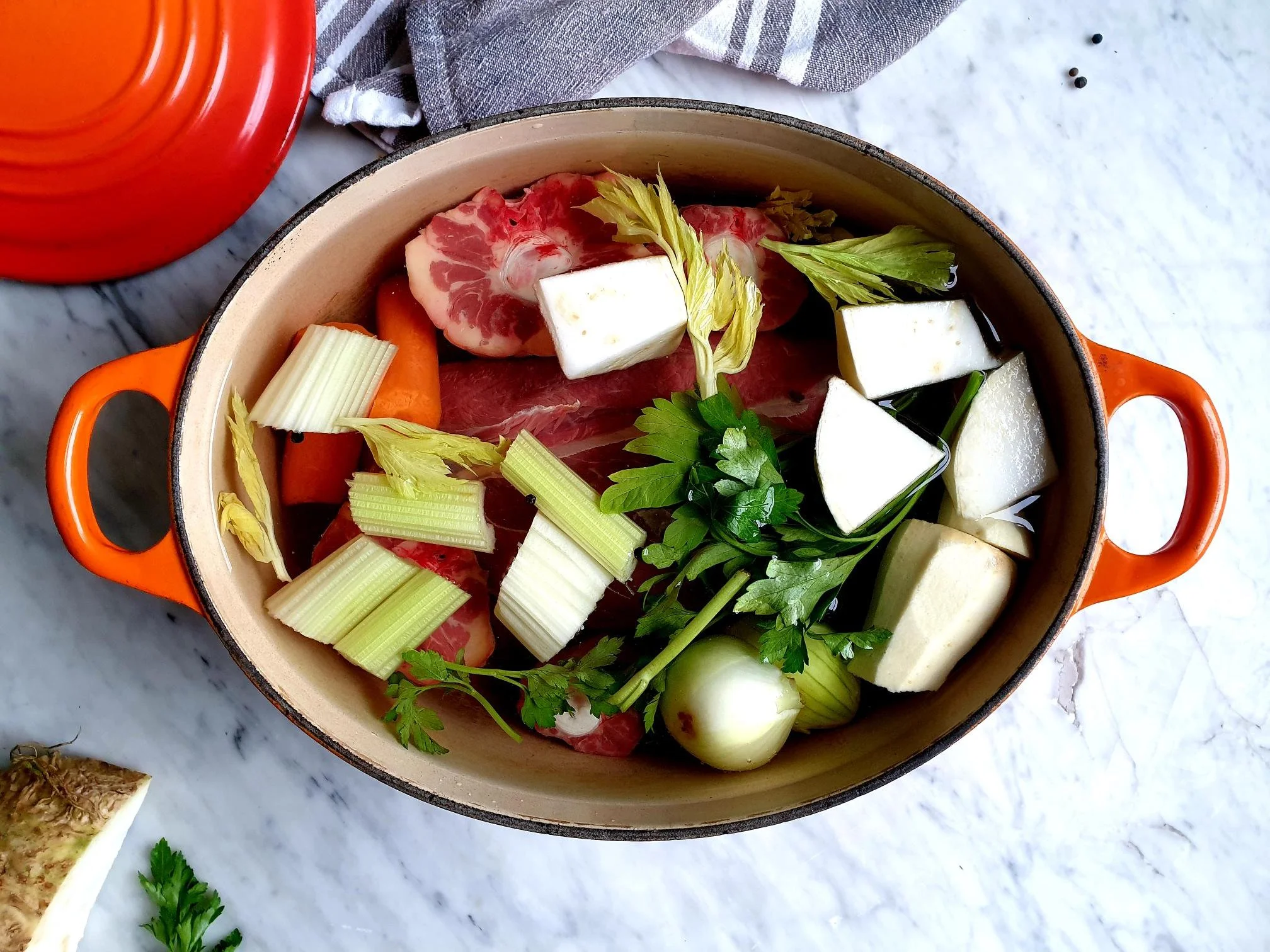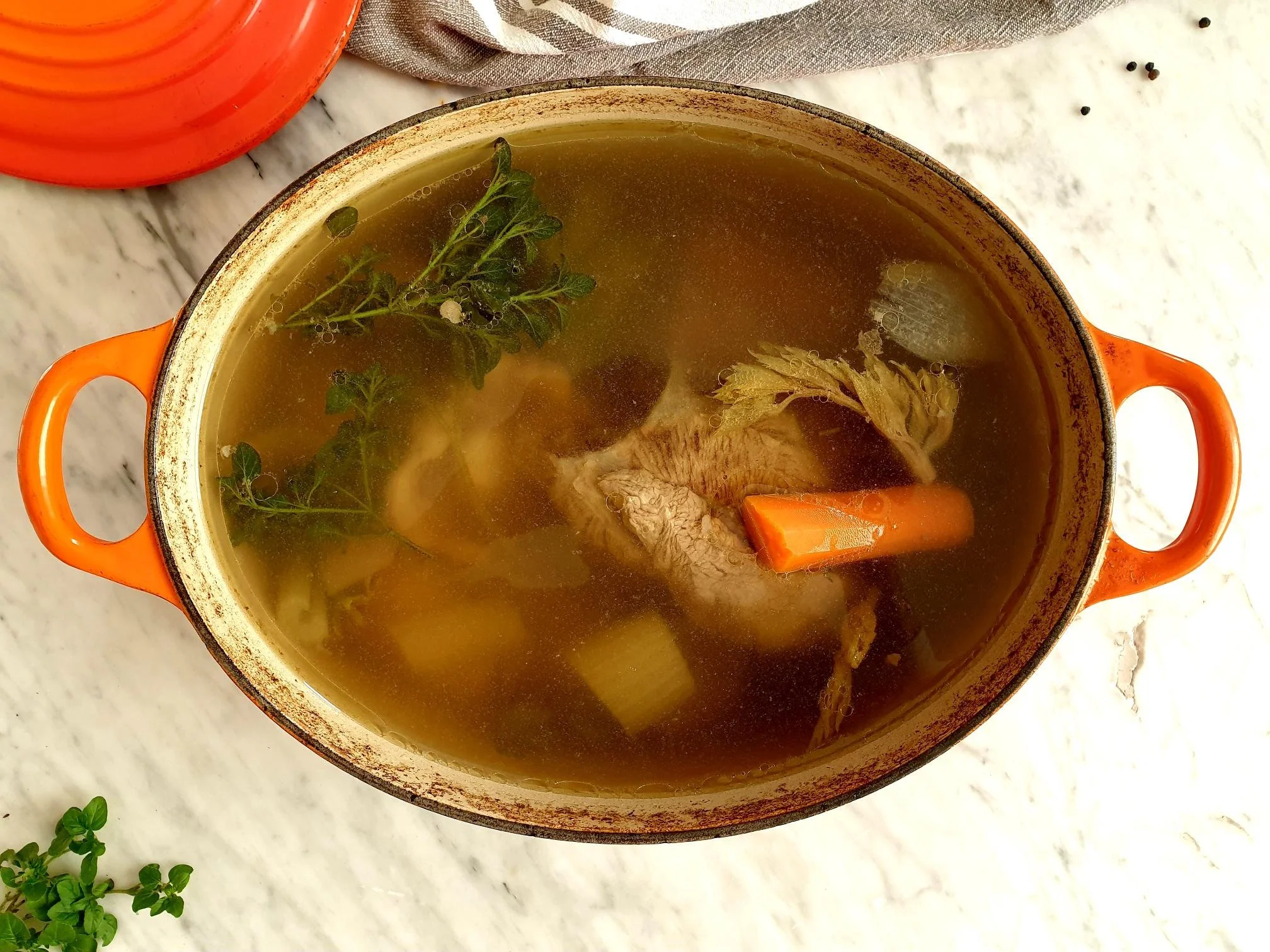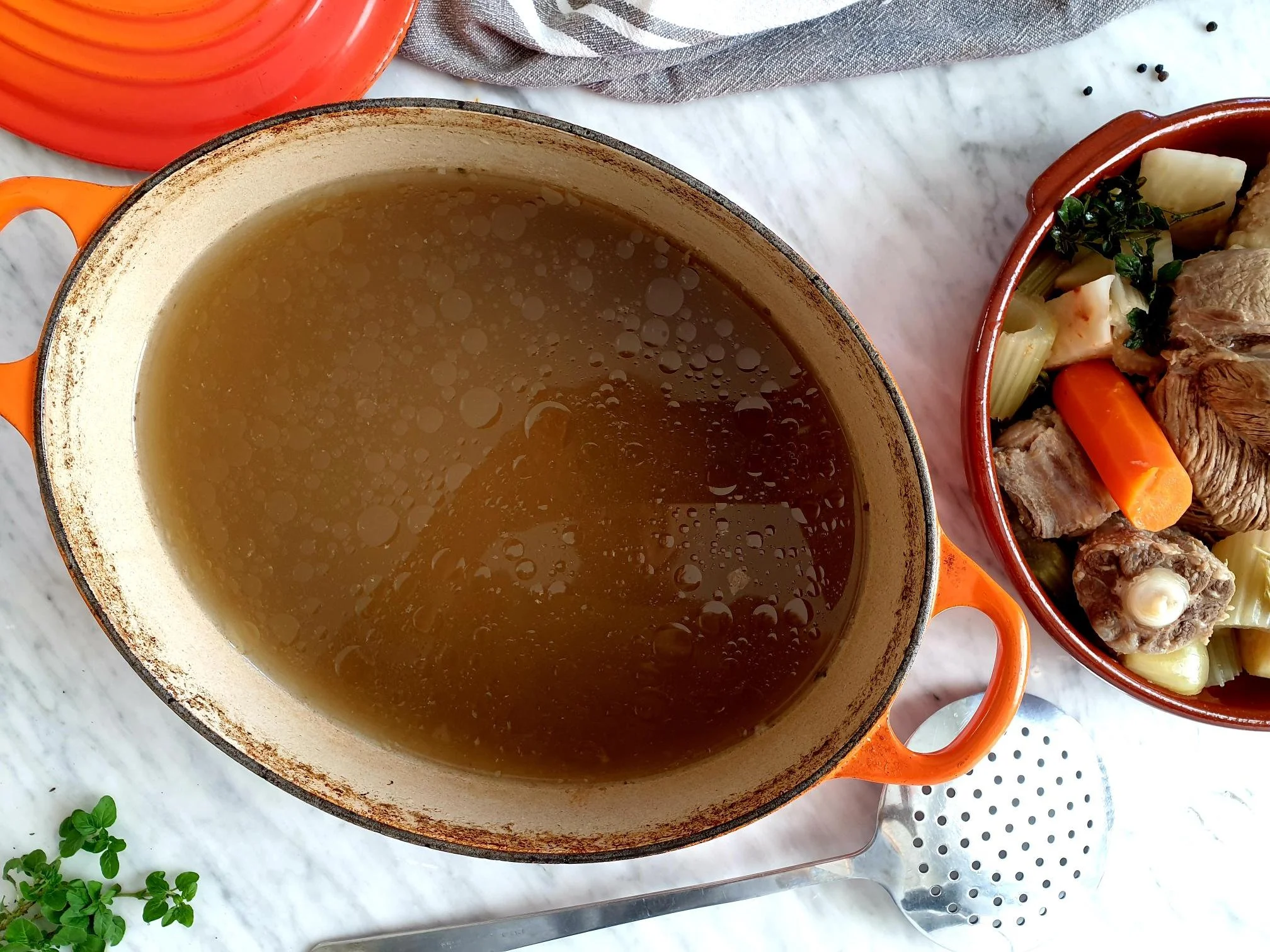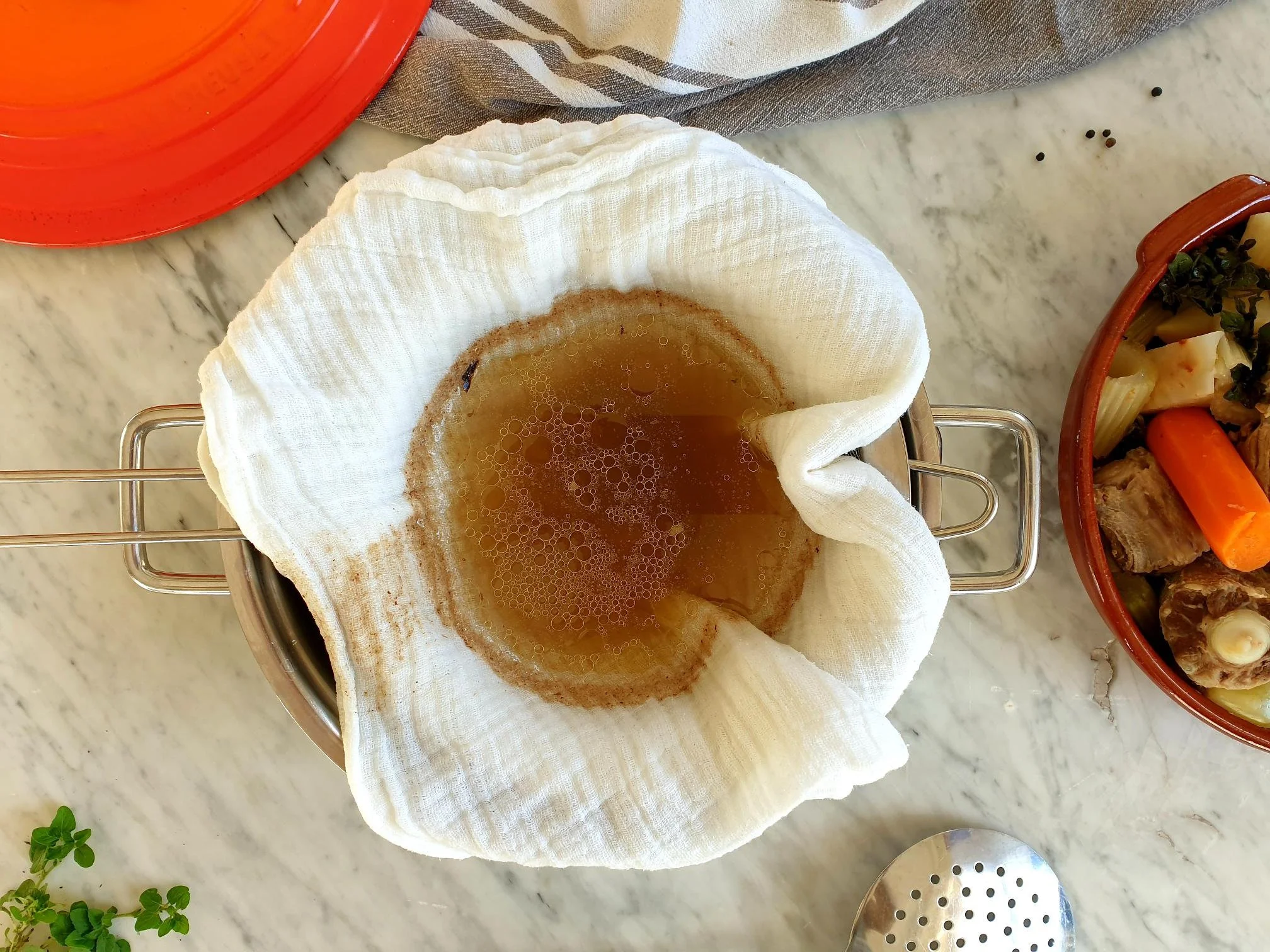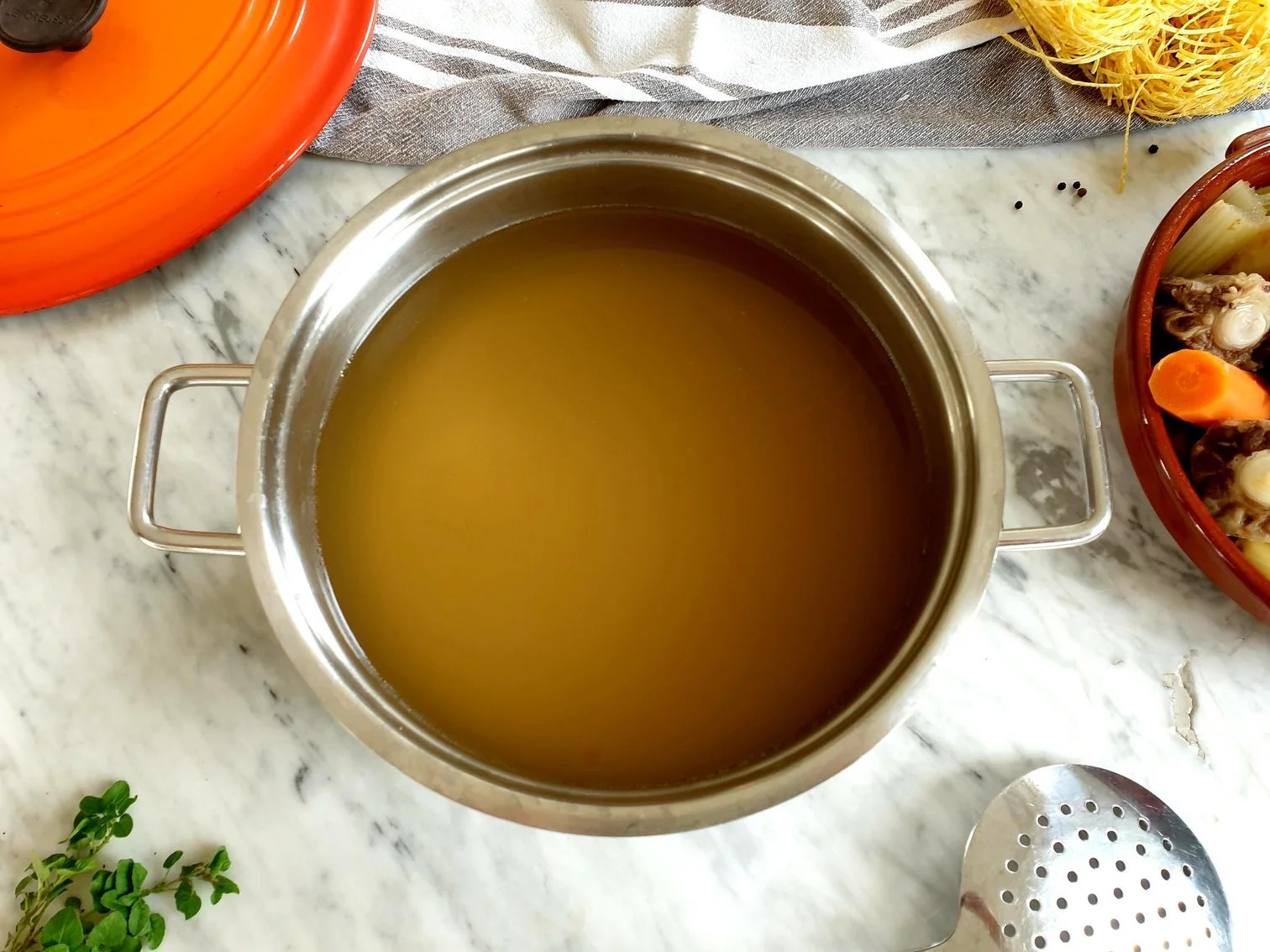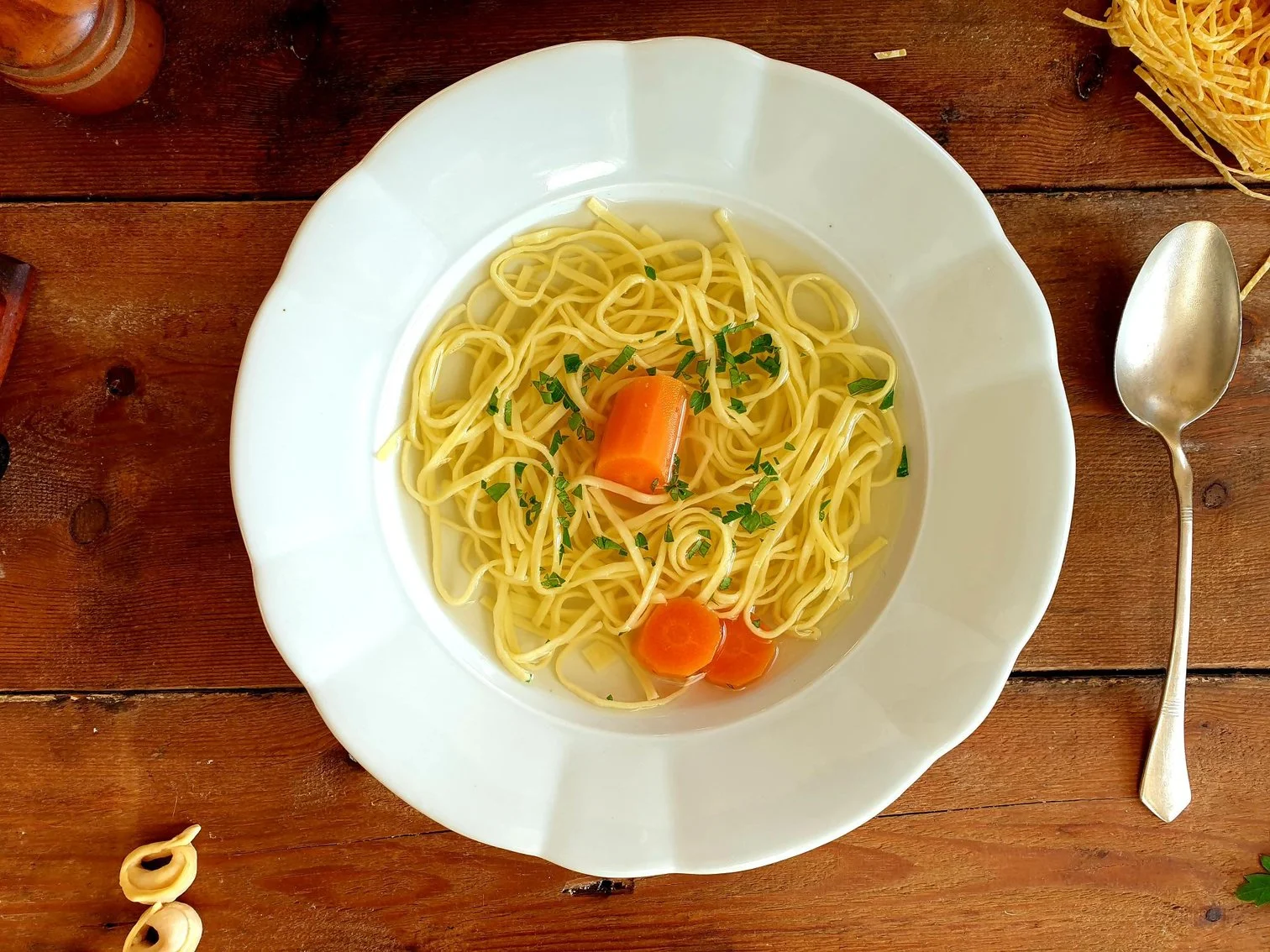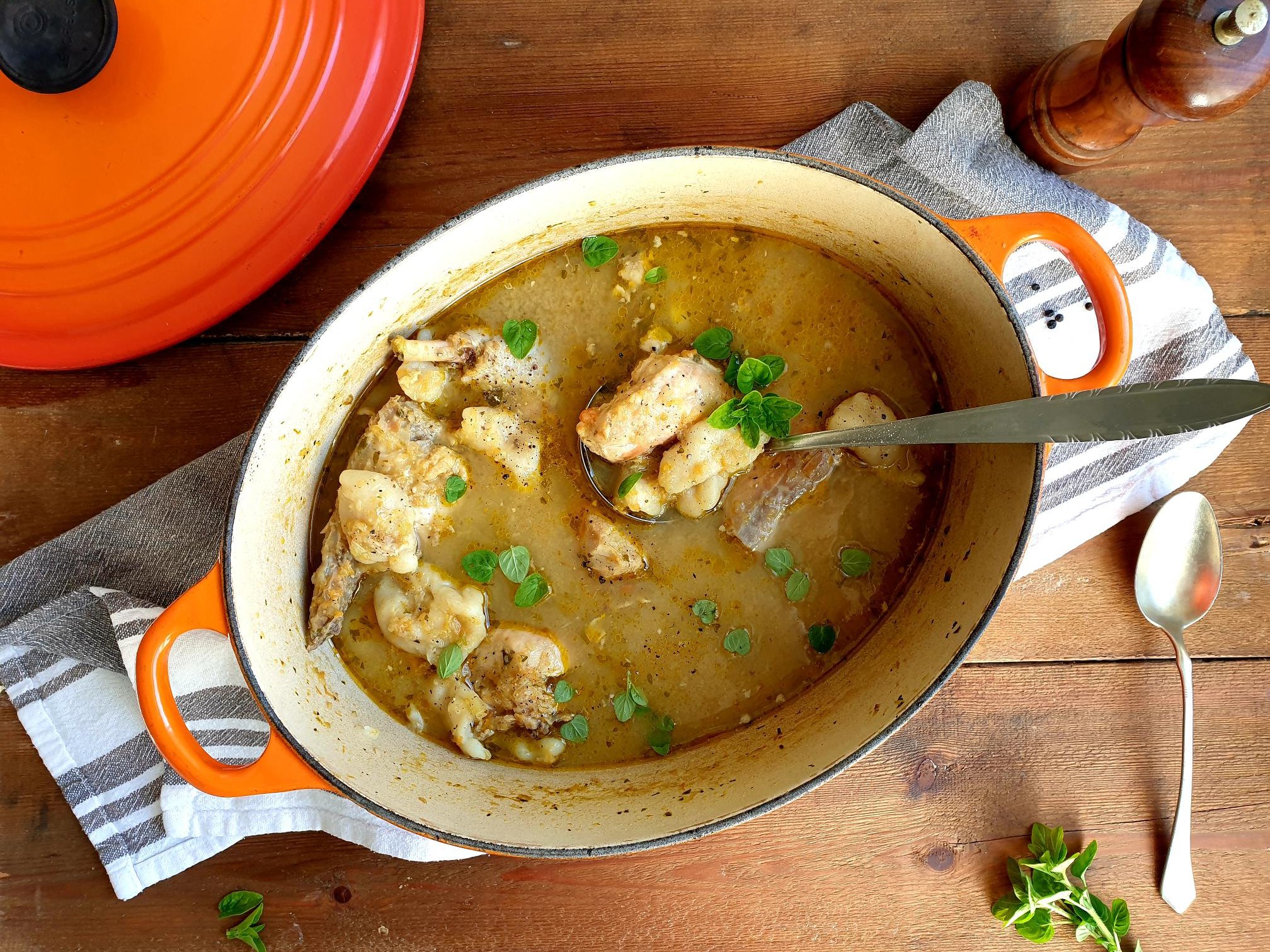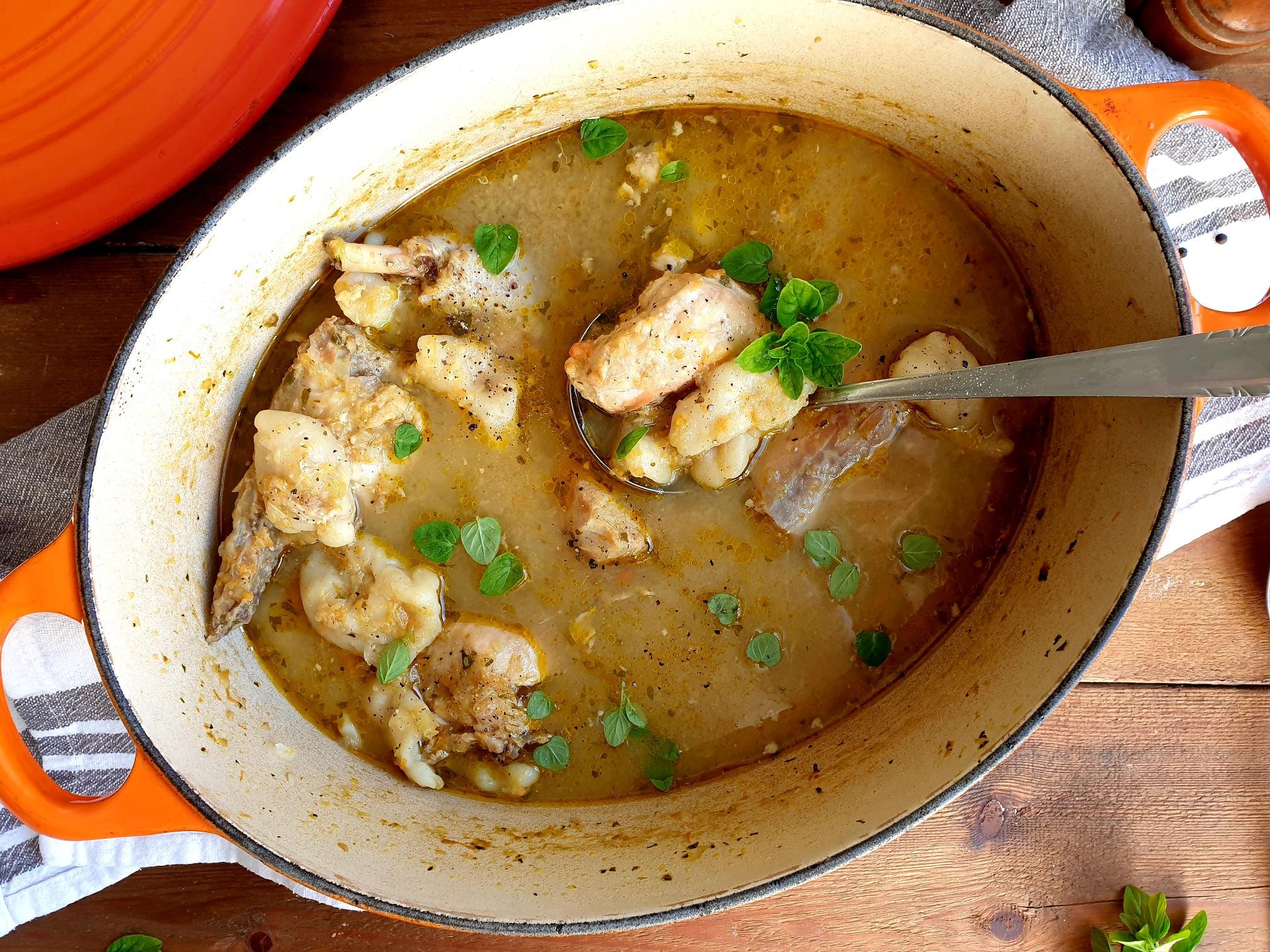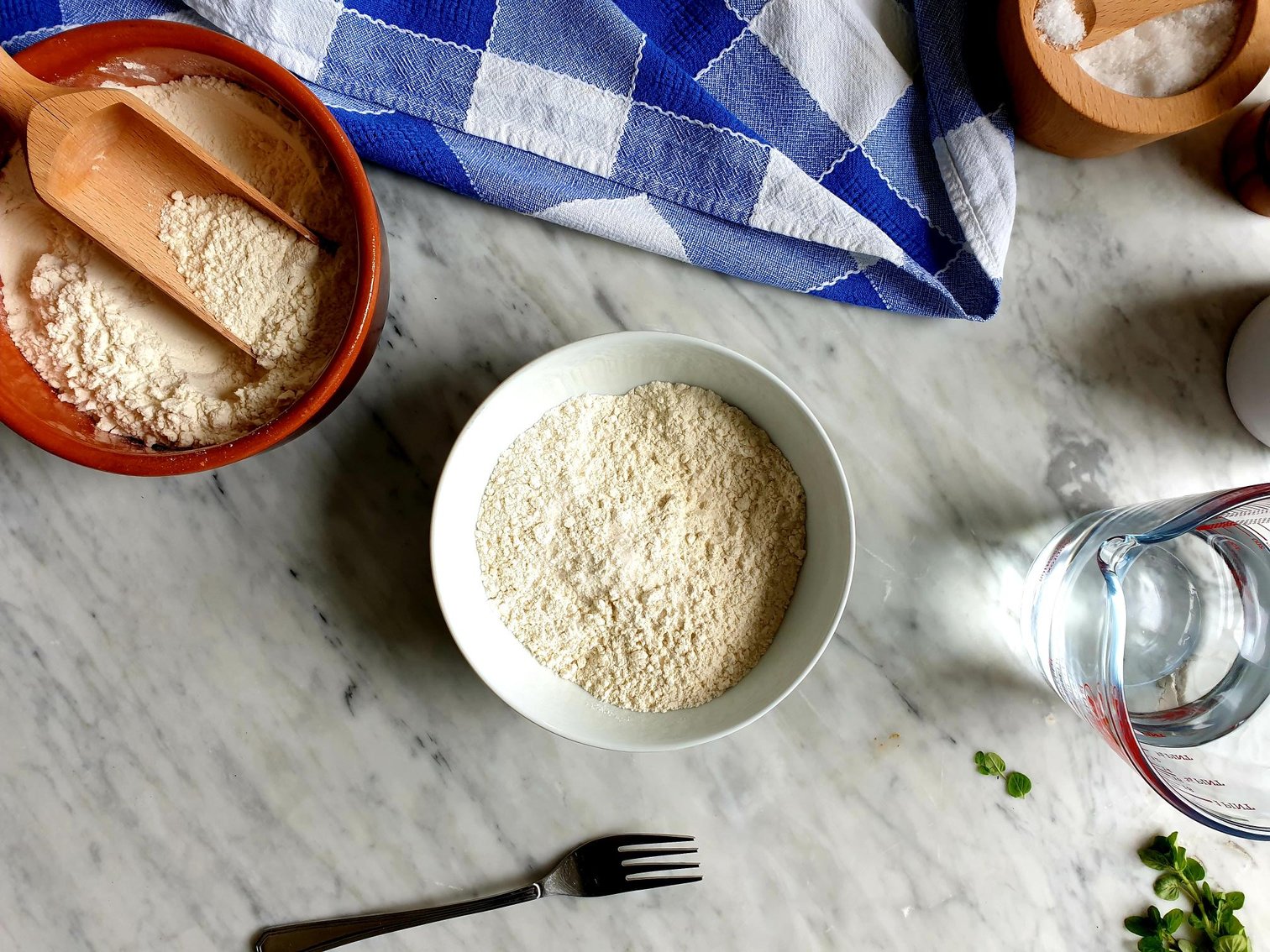Prežganka – Traditional Flour Based Soup Recipe
This humble and modest flour-based soup, that used to feed the poorest of the poor, offers a lot more than eyes can meet. It is quite incredible how much taste this dish can deliver considering it only uses a handful of very basic cupboard ingredients.
It is an easy and super quick soup to cook when feeling a bit under the weather, it helps with indigestion problems and alleviates colds and flu.
In the olden days this soup used be served for breakfast along with some slices of bread, and offered to unexpected guest, if there was nothing else in the household, in fact, this dish was created when times were tough with not much available.
This type of soup is sometimes compared to the Roman Egg drop soup, or also known as, Stracciatella in brodo or Stracciatella alla Romana, and to the German variation Einbrennsuppe.
In Slovenia it is called Prežganka, from a word prežgati, meaning browning the flour in butter or oil.
It is very popular up and down the country, not found in the restaurants and exclusively made in the households, particularly liked by small children and elderly.
It offers variations from region to region, for example the use of olive oil, garlic and fresh parsley is more typical of the coastline region, while the use of butter and lard with addition of 1 teaspoon of whole caraway seeds or ground cumin is more typically found in inland, bay leaf and ground paprika are also used.
I am sharing here the recipe for Preažganka from Slovenian Istra how has been made in my family for generations.
Recipe
Ingredients
Serves 4
2 Tbsp olive oil or butter
1 clove of garlic, peeled
3 Tbsp white all-purpose flour
1litre water
1 Tsp, or to taste, fresh flat leaf parsley, finely chopped (plus some extra to garnish, optional)
2 eggs
sea salt, to taste
black pepper, to taste
bread croutons, to serve, optional
Method
Place olive oil or butter in a saucepan and heat up a bit. Add the garlic and fry it on a gentle heat until it becomes golden in colour. The oil or the butter, depending on what are you using, will be nicely infused with garlic.
Start adding the flour and stir constantly with a small whisk.
Cook for about 6 minutes, or until the flour roux becomes light to dark brown in colour. Be a bit mindful not to burn the flour!
While stirring the roux, gradually add and pour the water. Cook and keep stirring constantly until the mixture becomes thick and smooth.
Stir well and add fresh finely chopped parsley. Bring to a boil, lower the heat, season with sea salt, and gently simmer for about 10 to 15 minutes.
In meanwhile, crack the eggs in a small bowl, and gently beat with the fork.
When the soup is cooked, slowly pour the beaten eggs in the soup in a thin stream, making sure you stir gently the soup constantly with the fork. Cook further for another 1to 2 minutes.
Ladle the soup into the plates or bowls, sprinkle with freshly chopped parsley and ground black pepper, optional, and serve hot immediately. You can top it with croutons and turn this soup into even more substantial meal.

